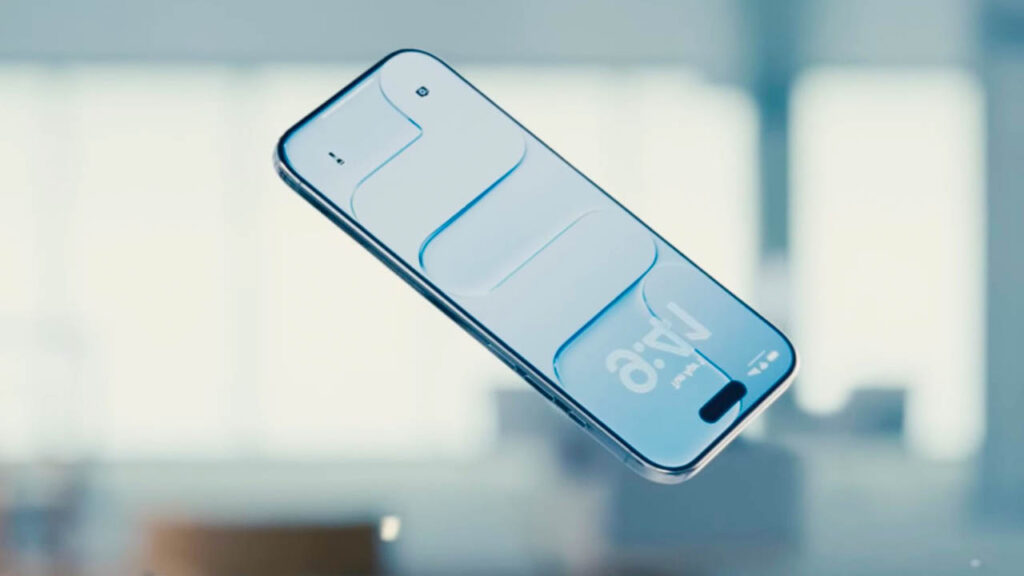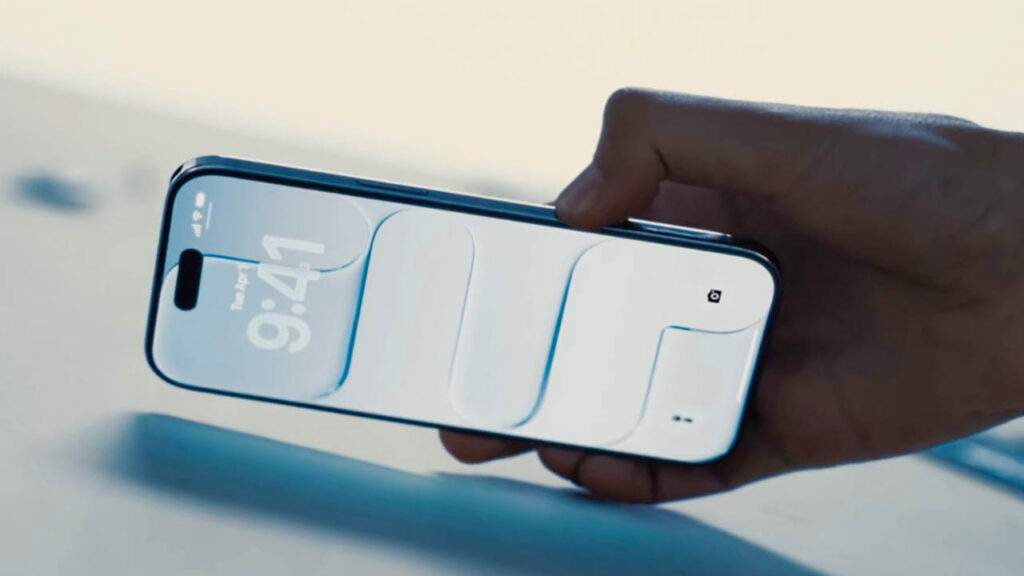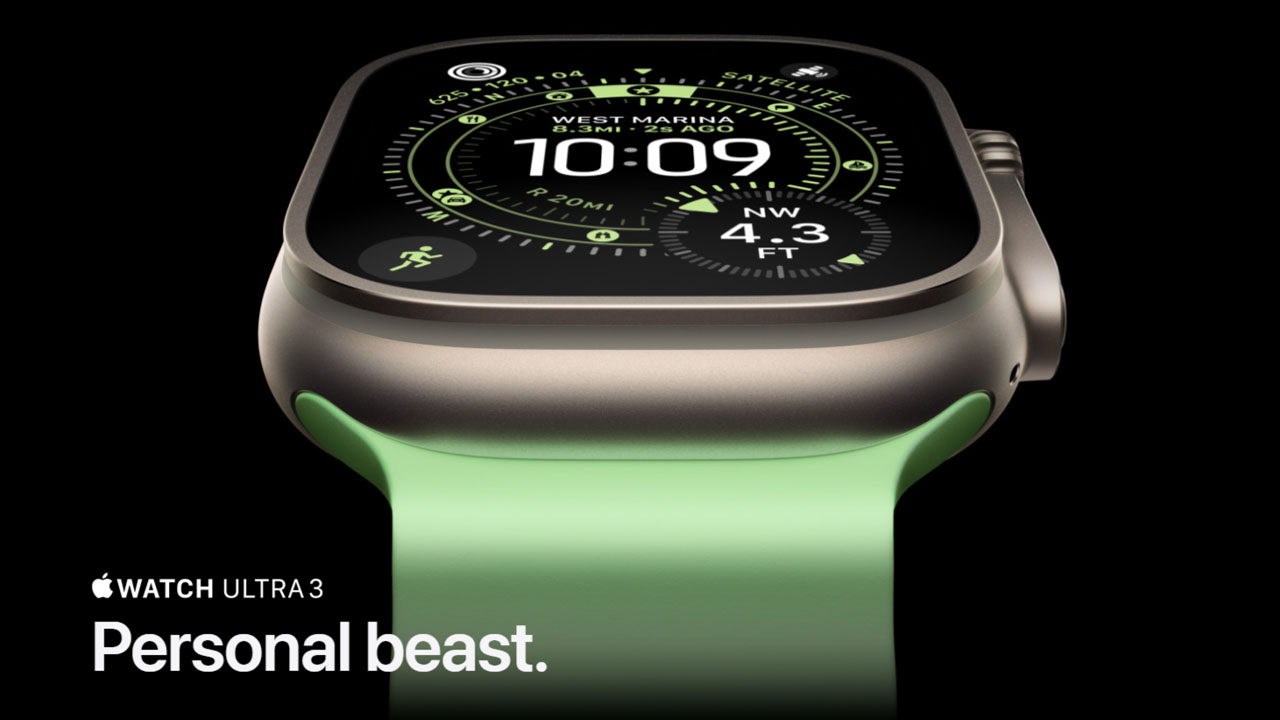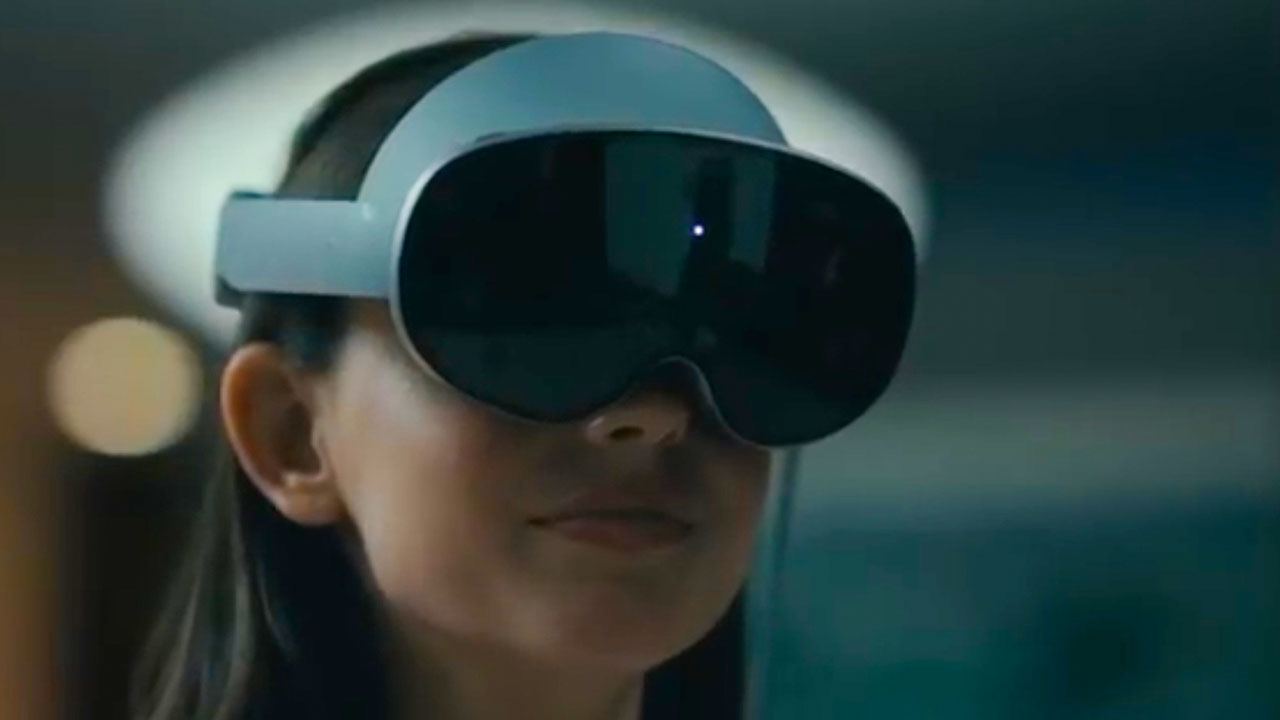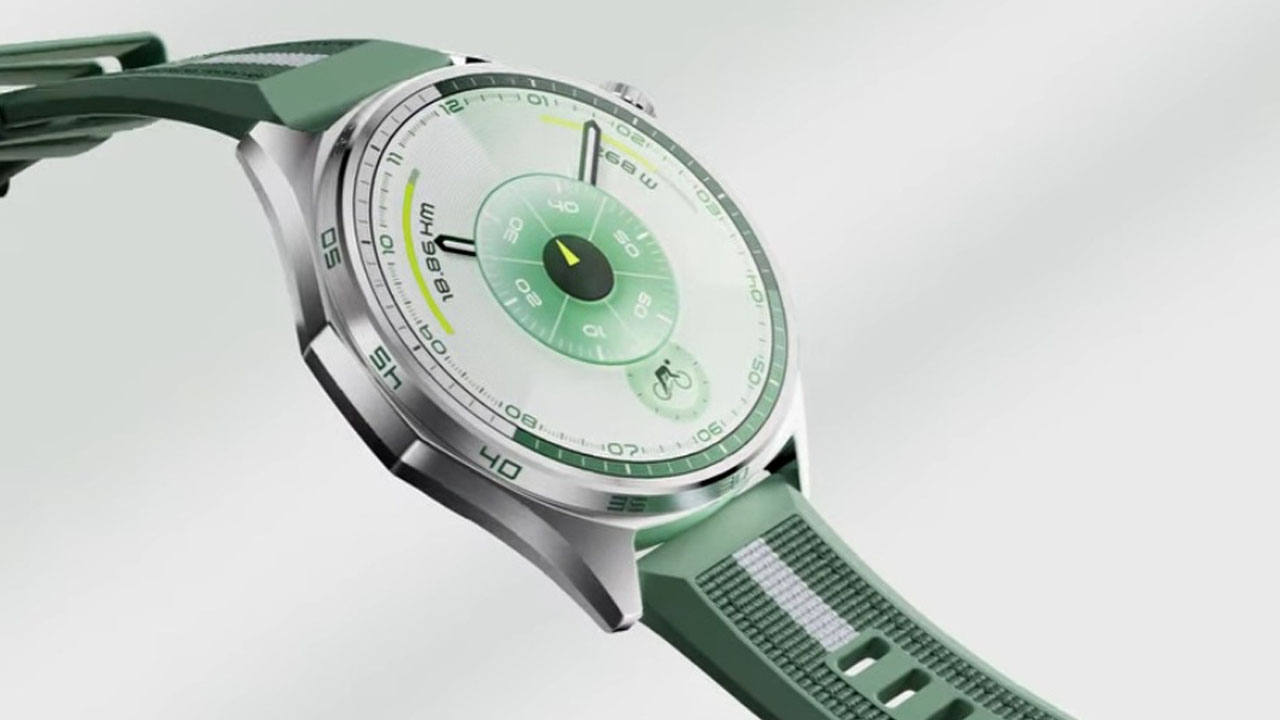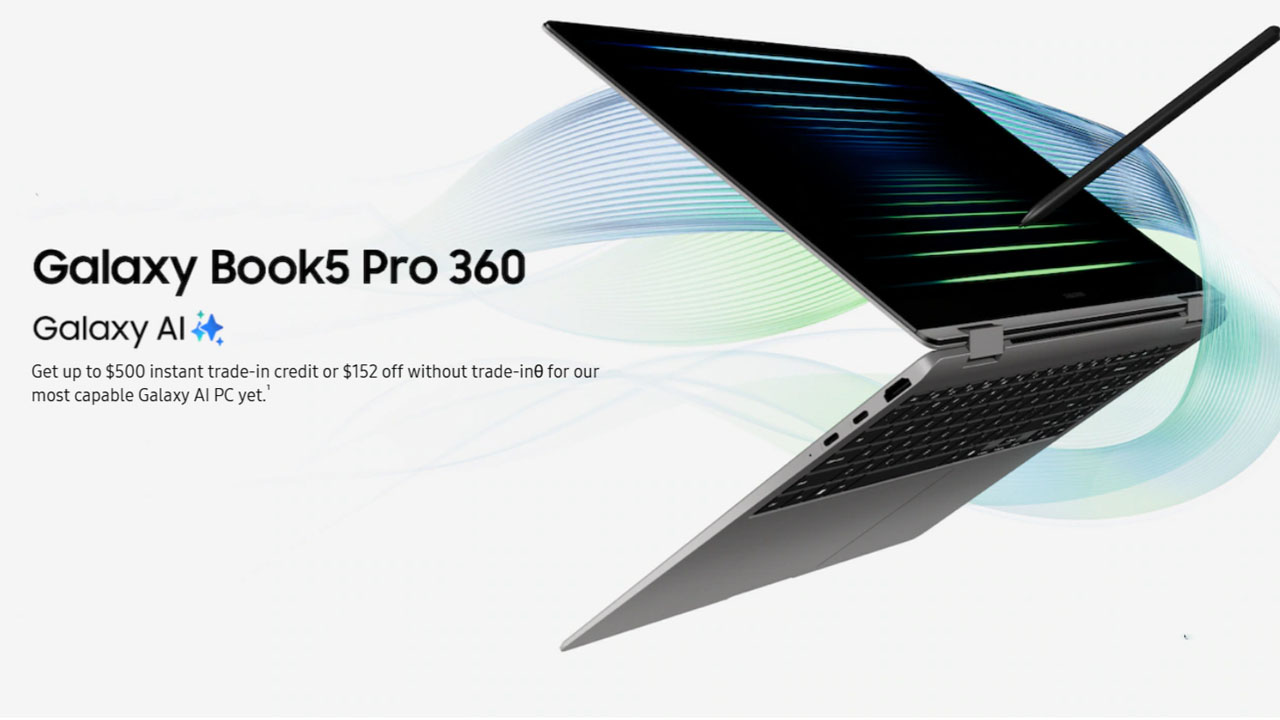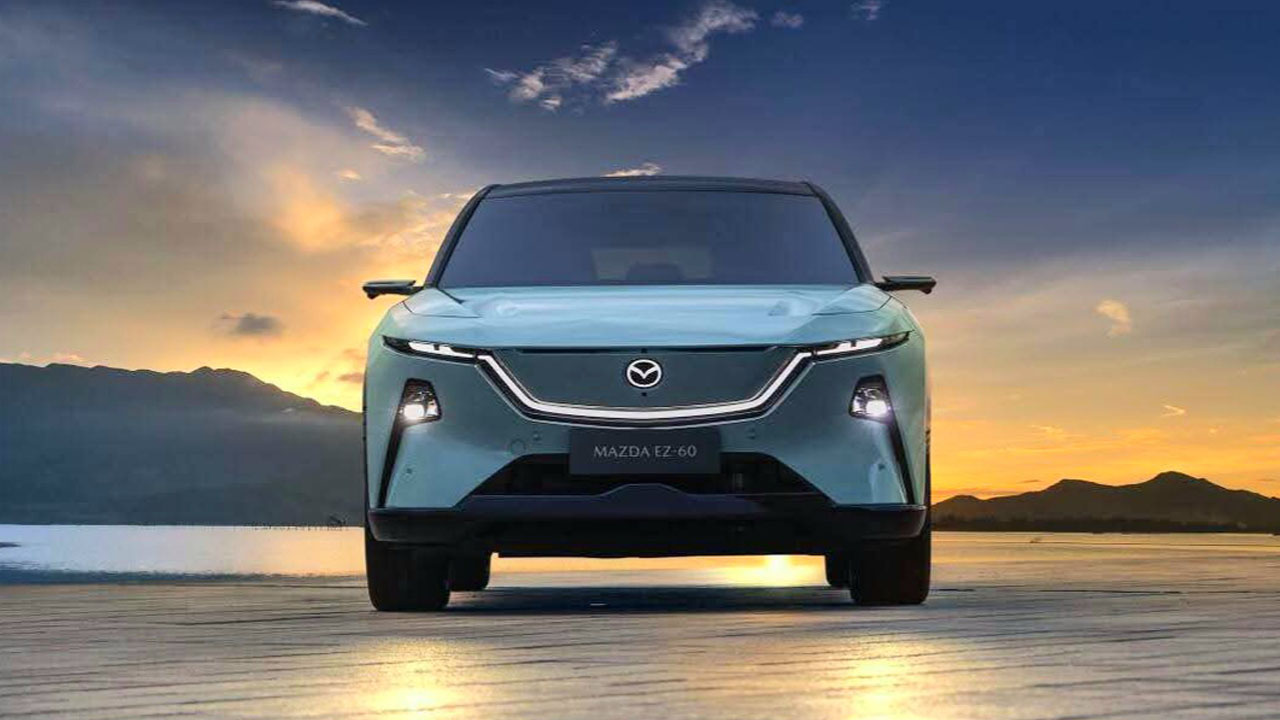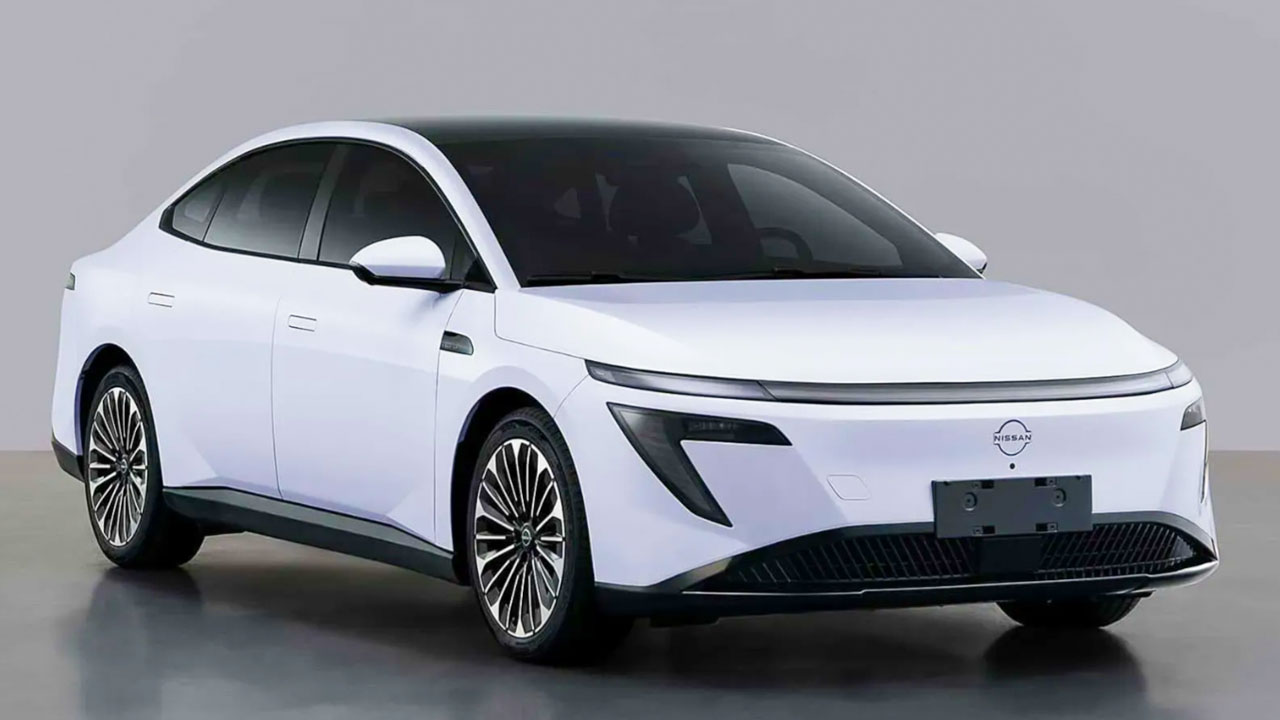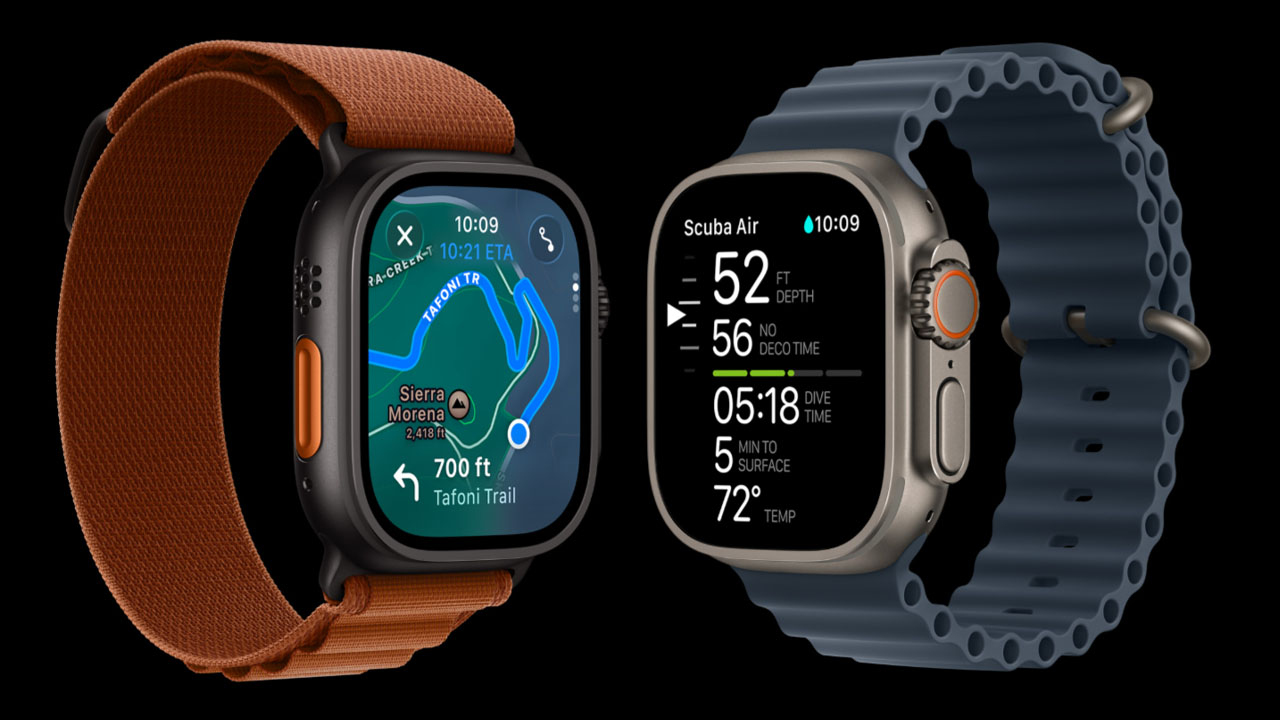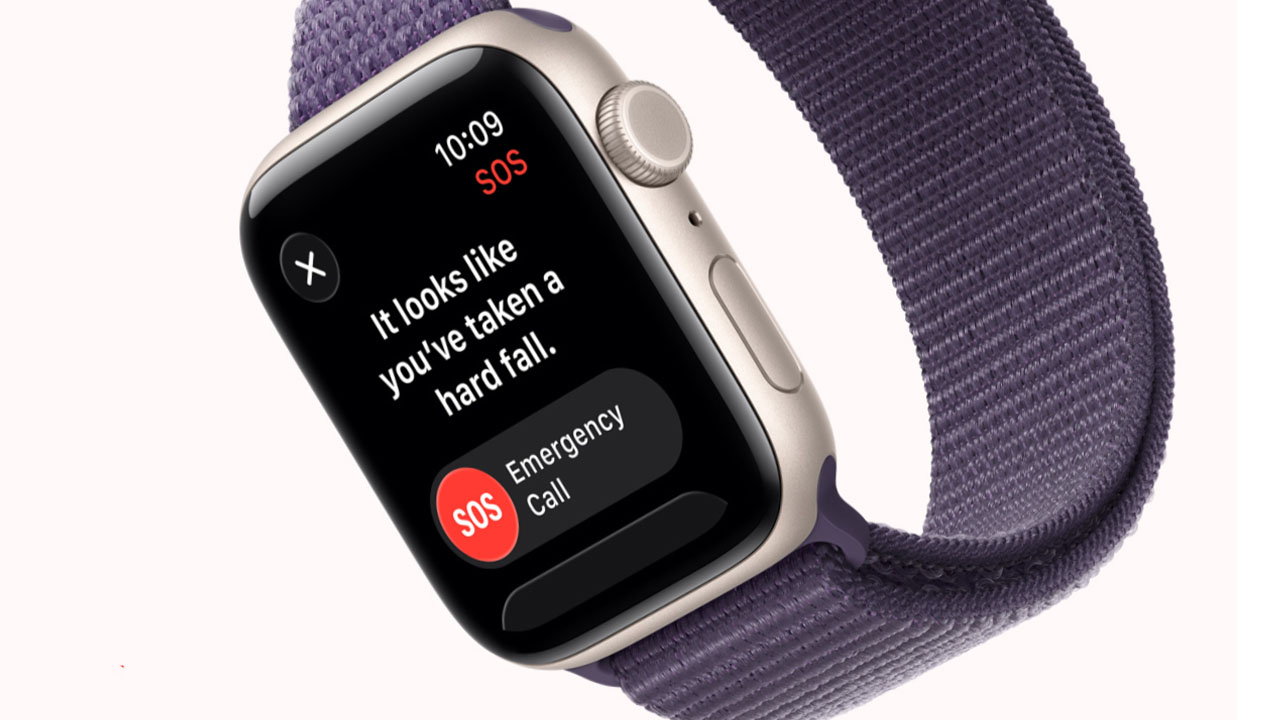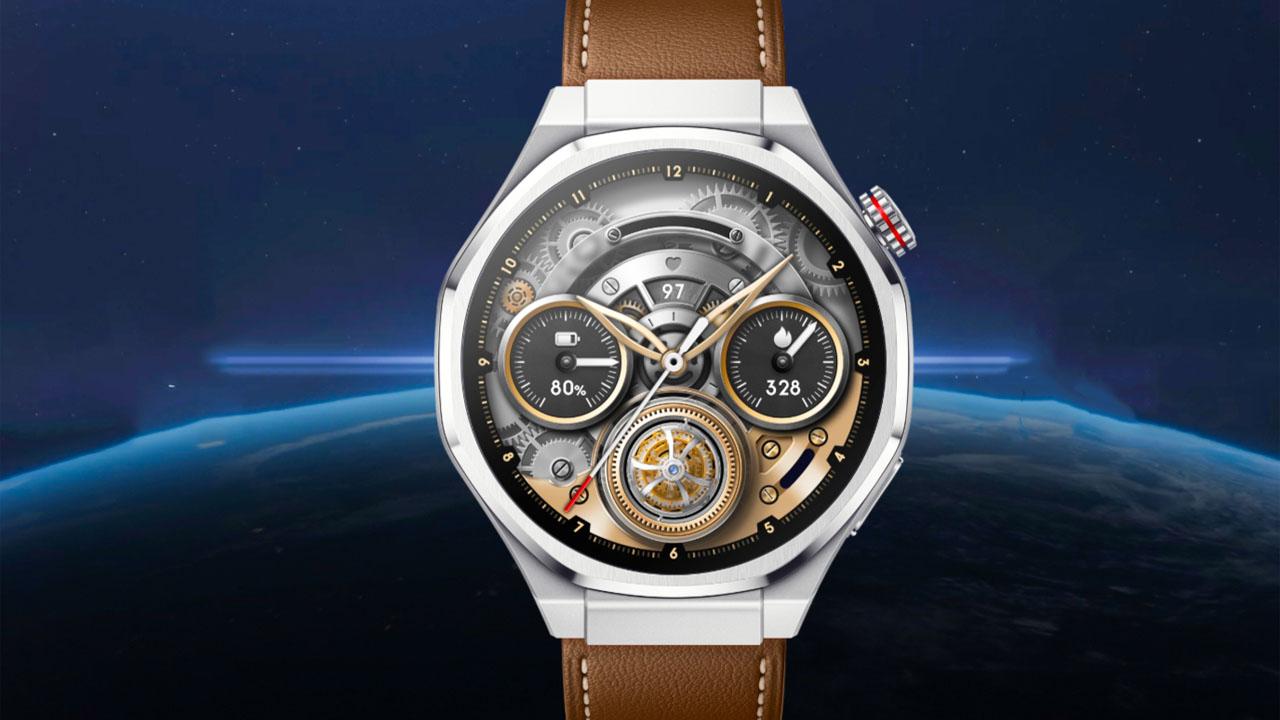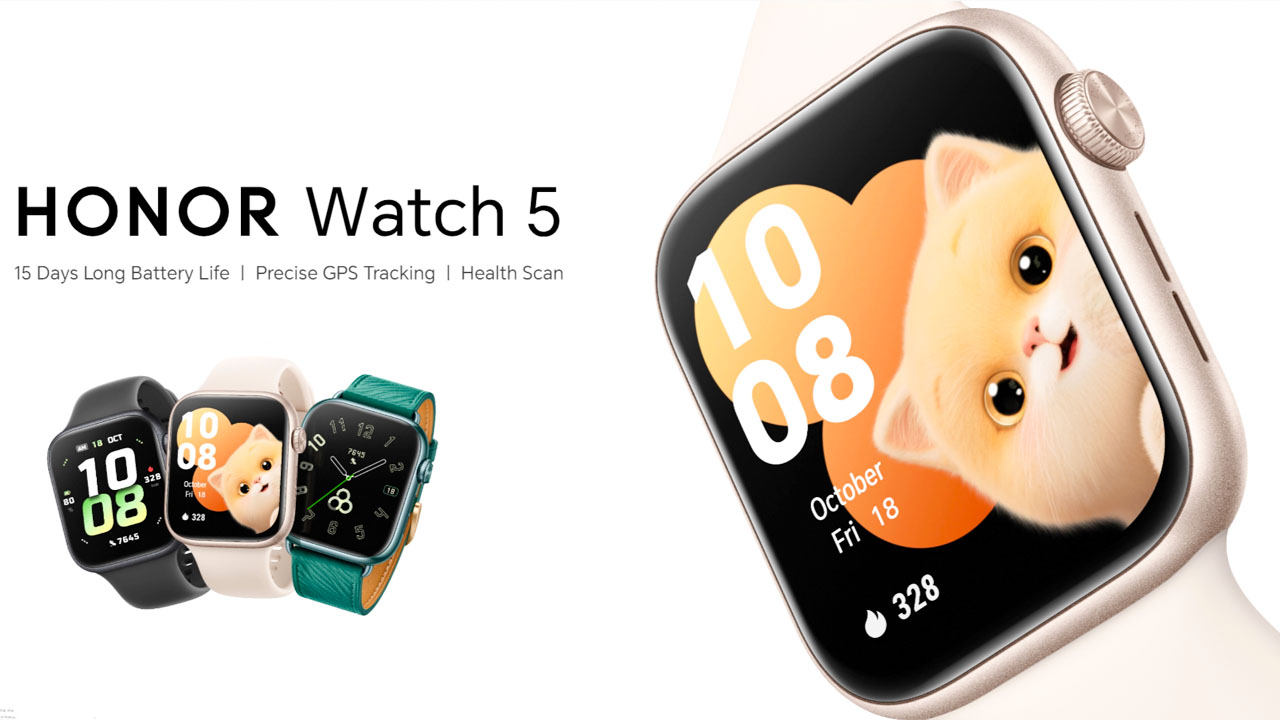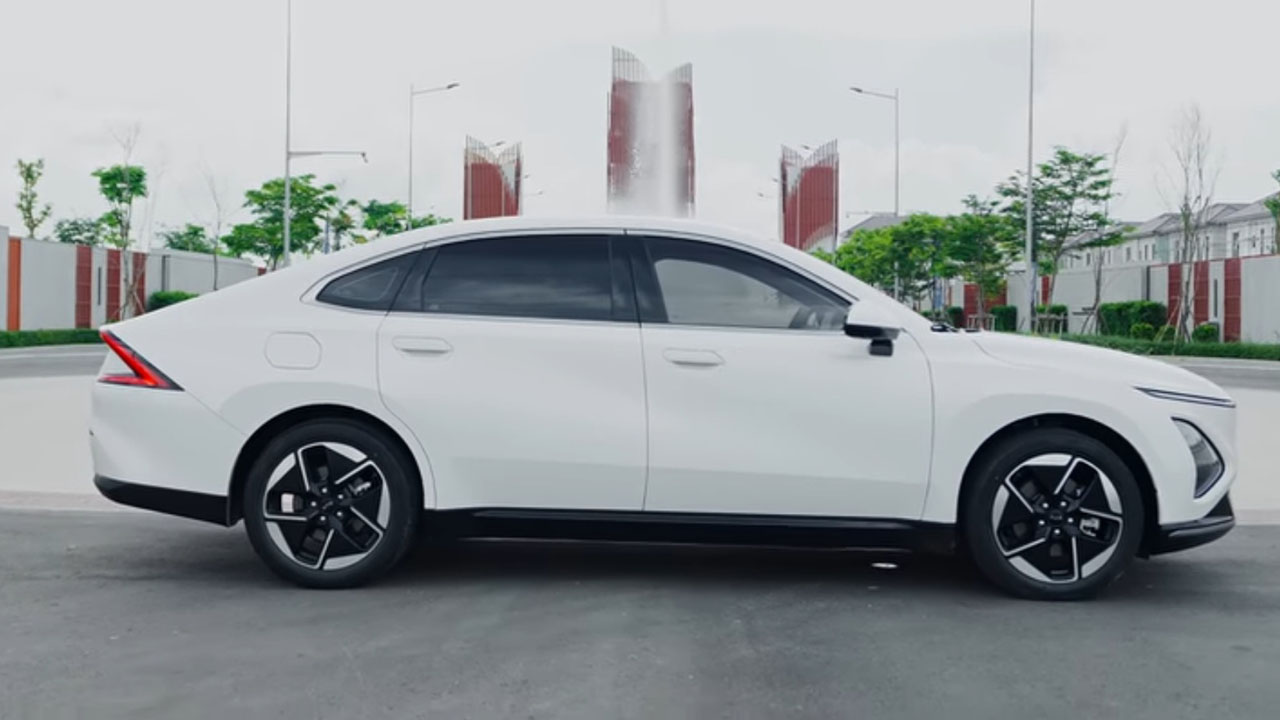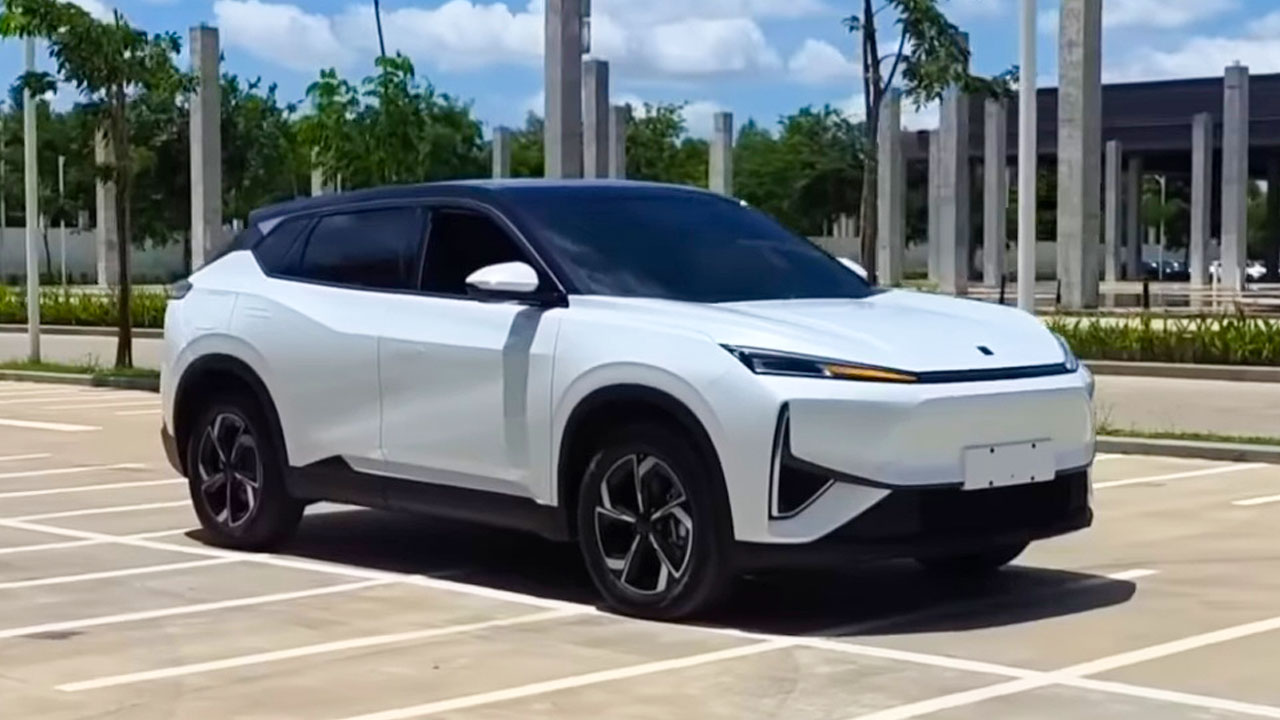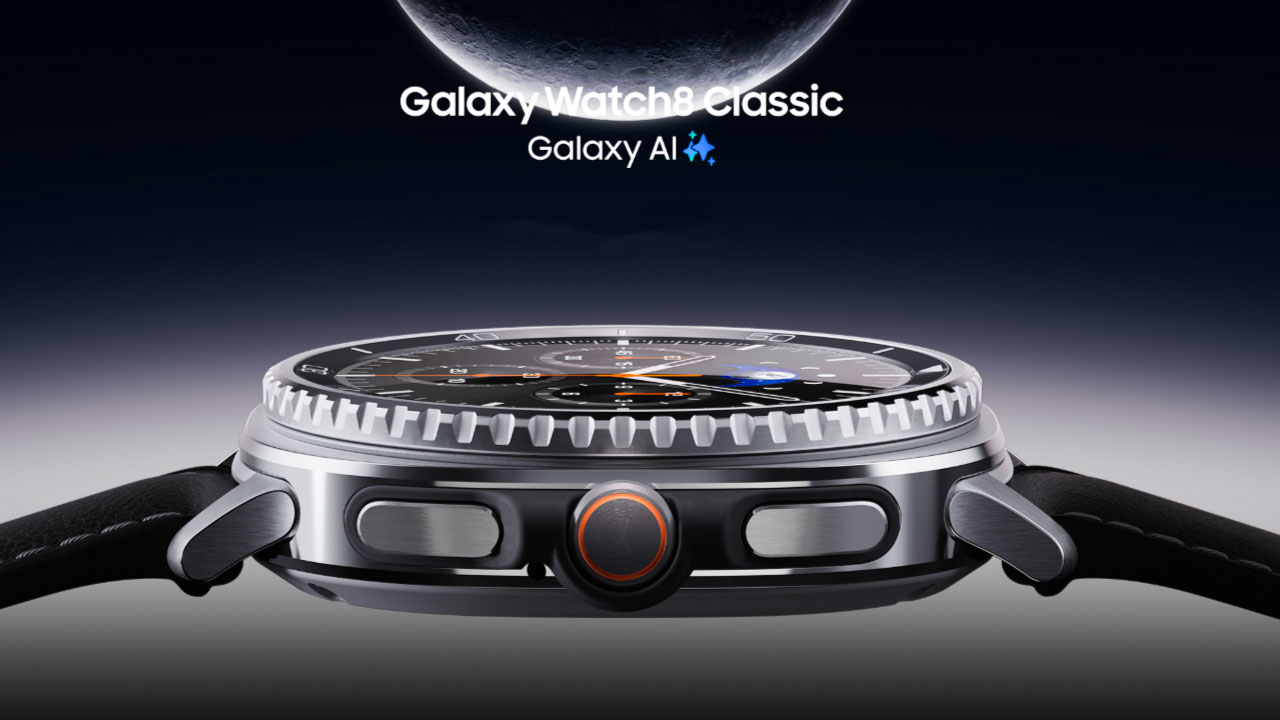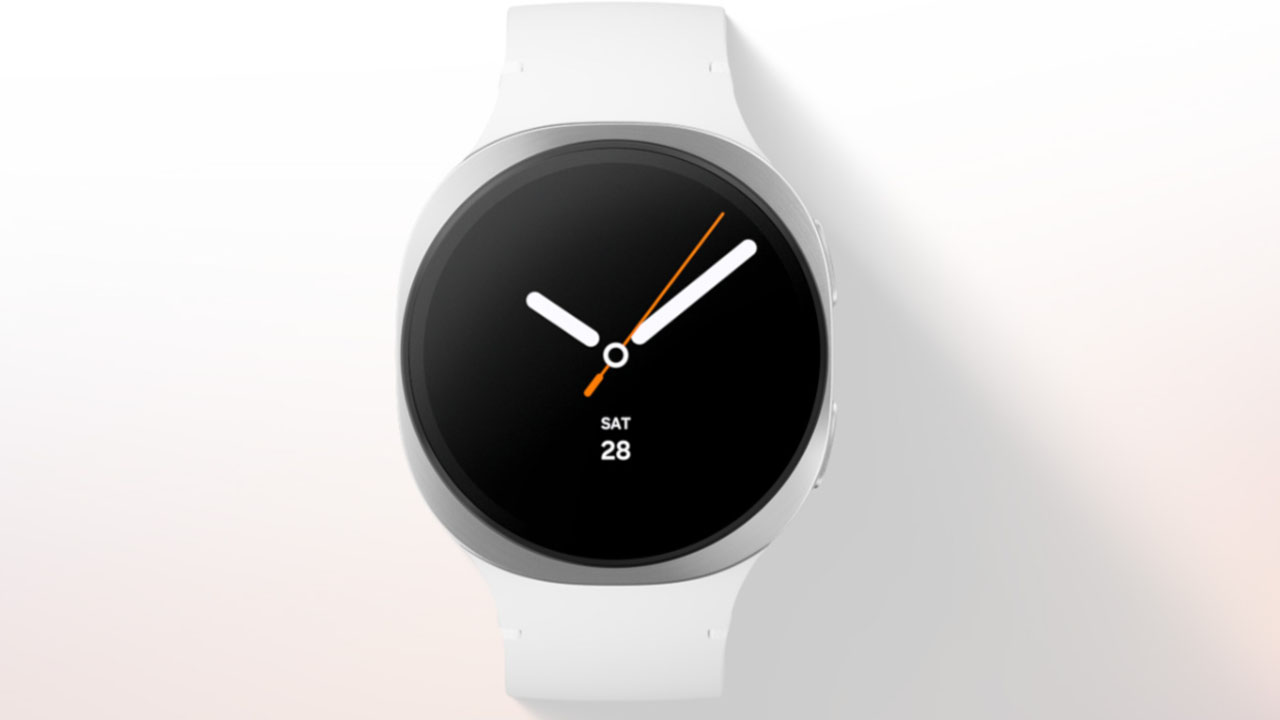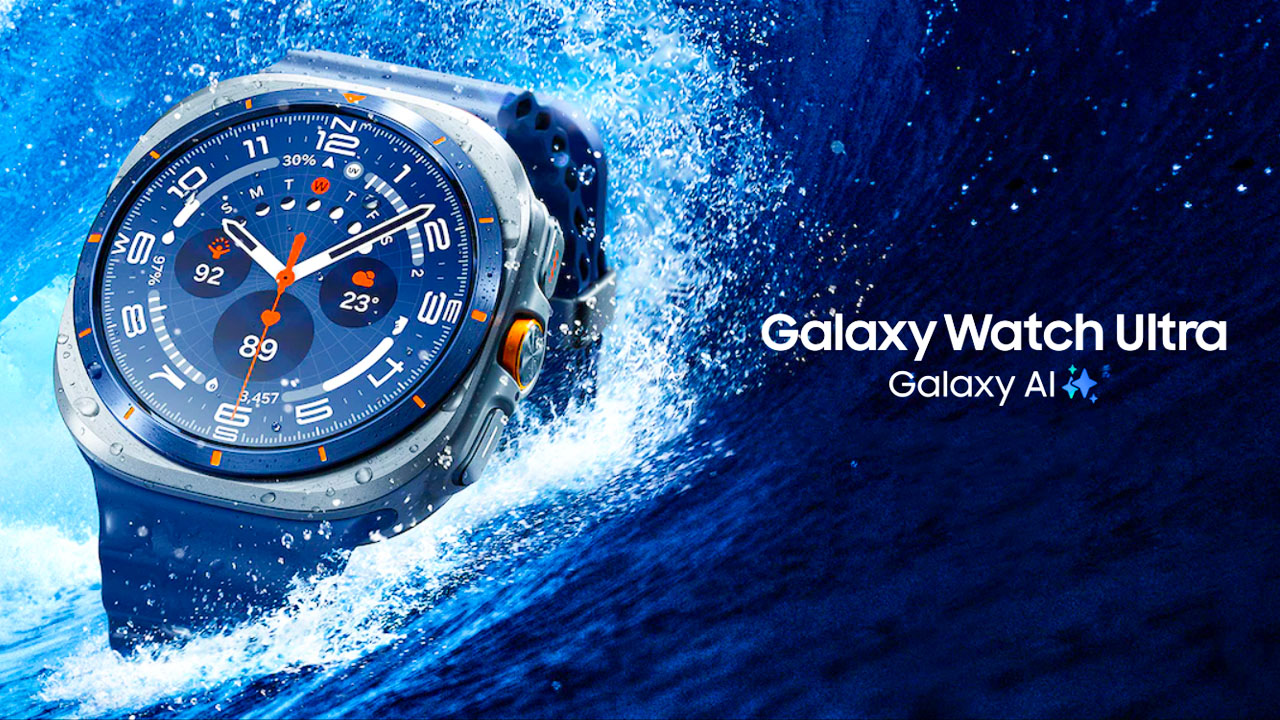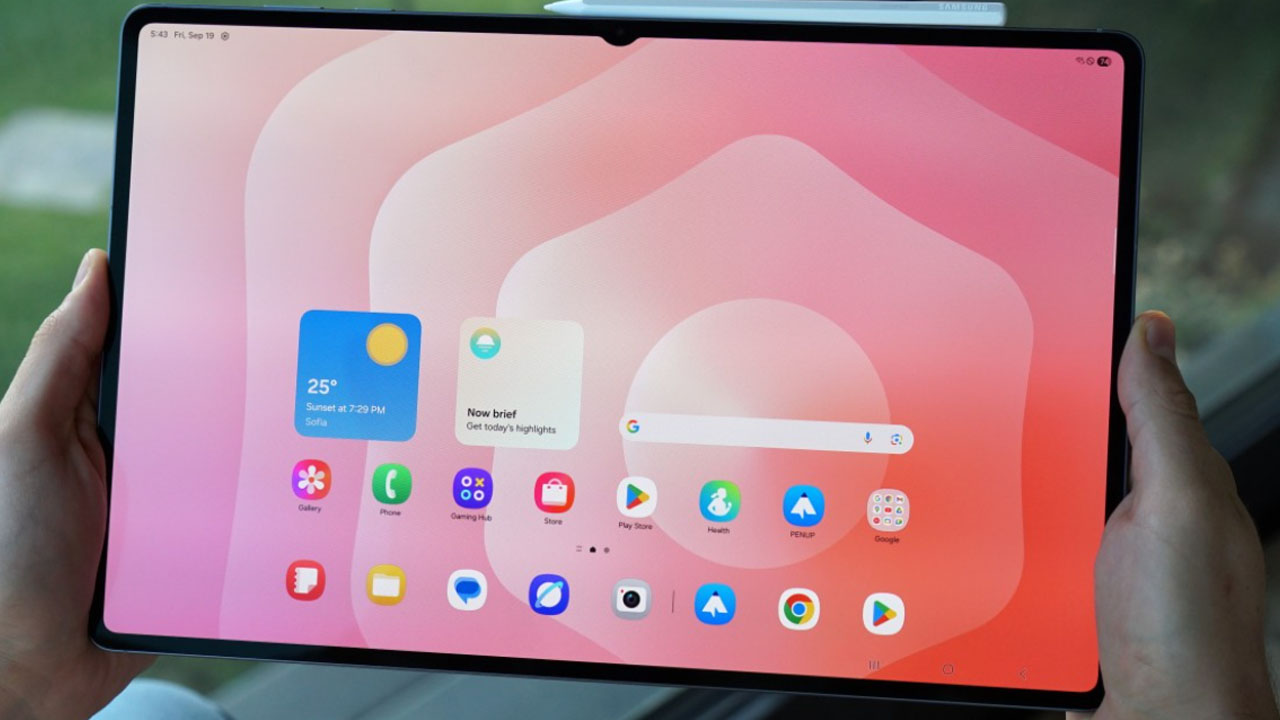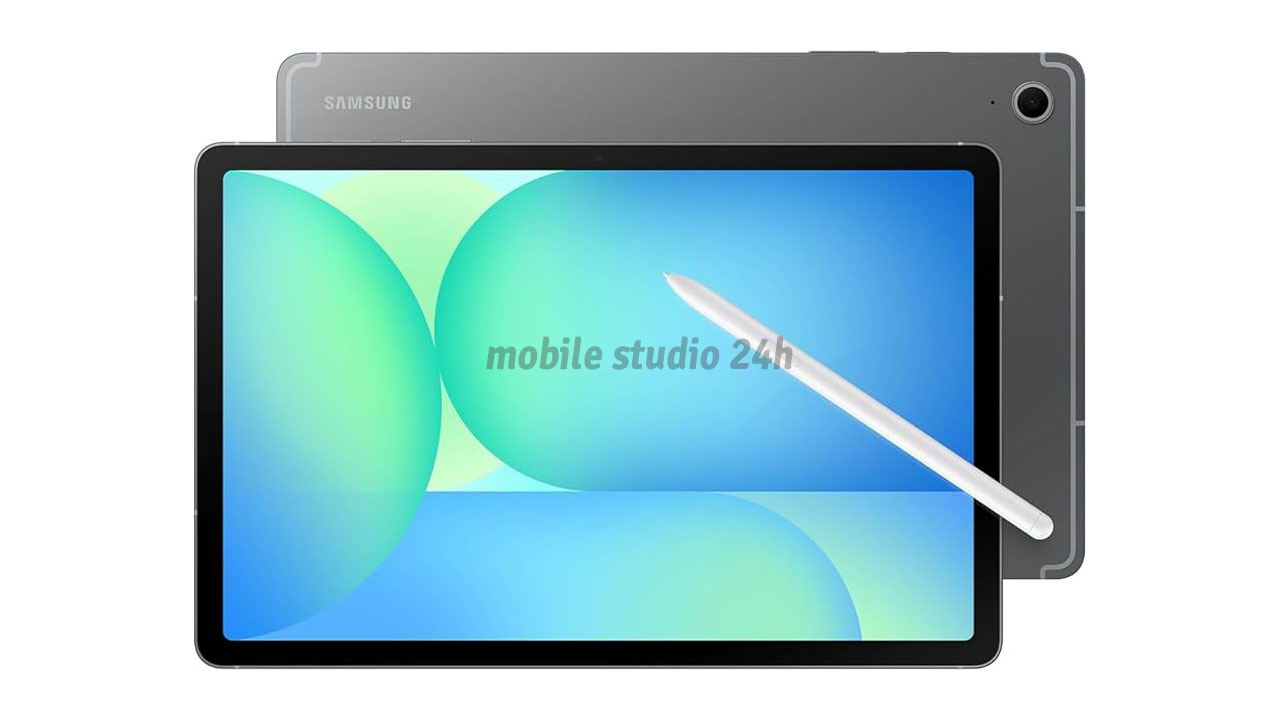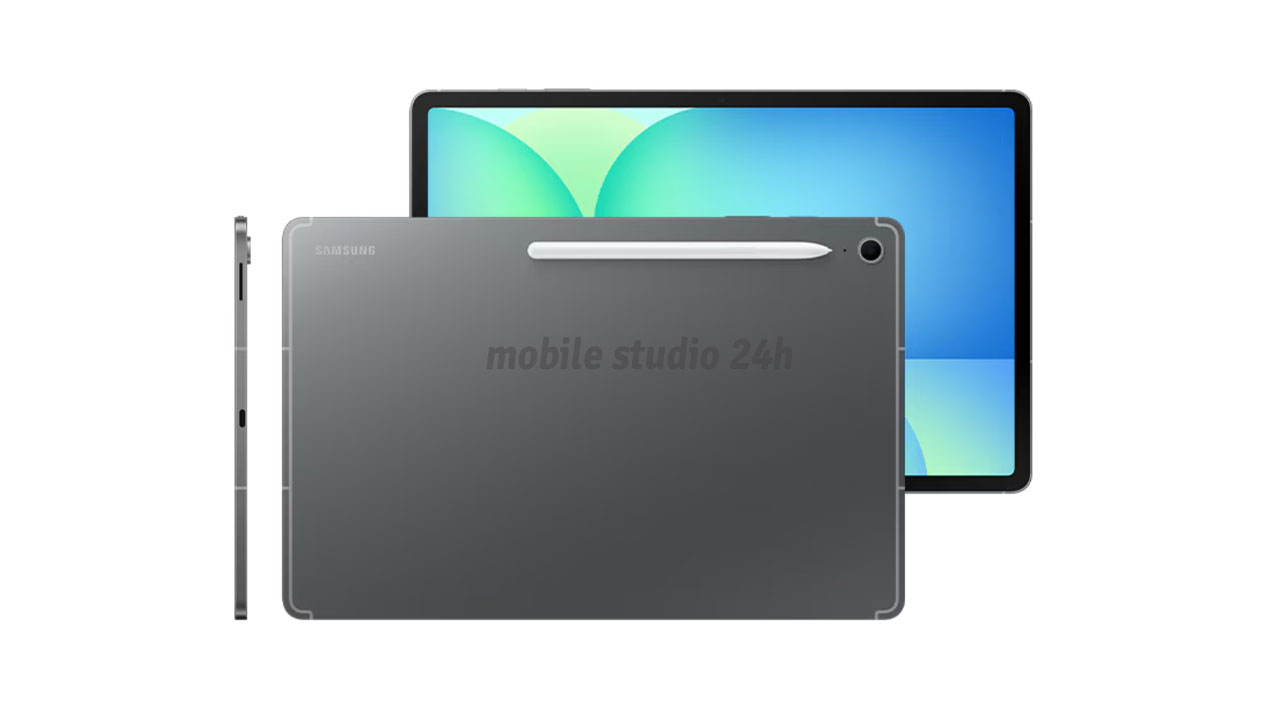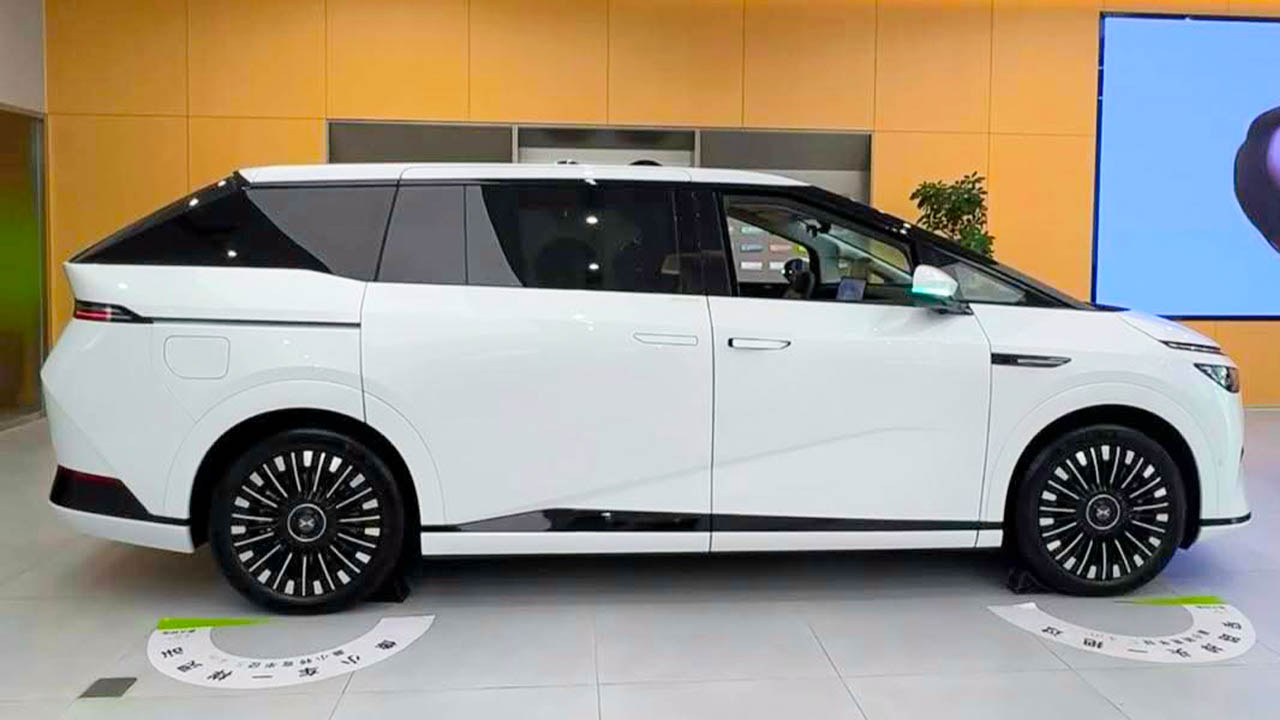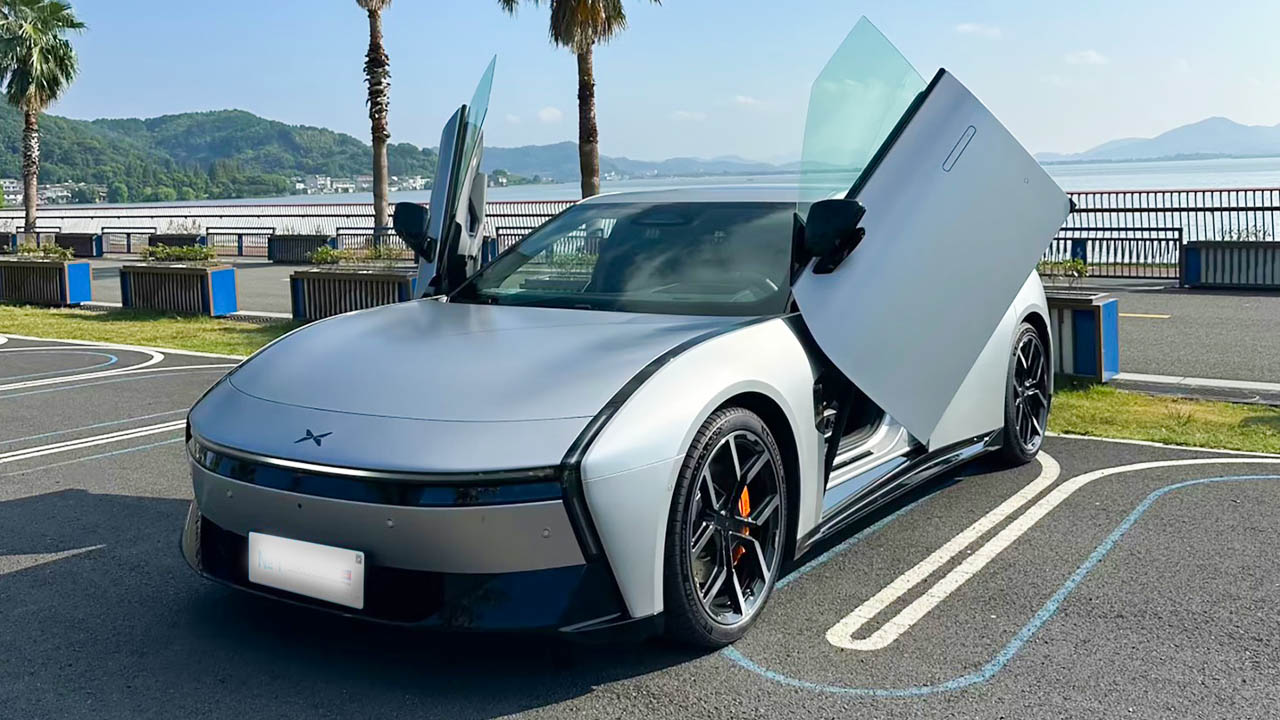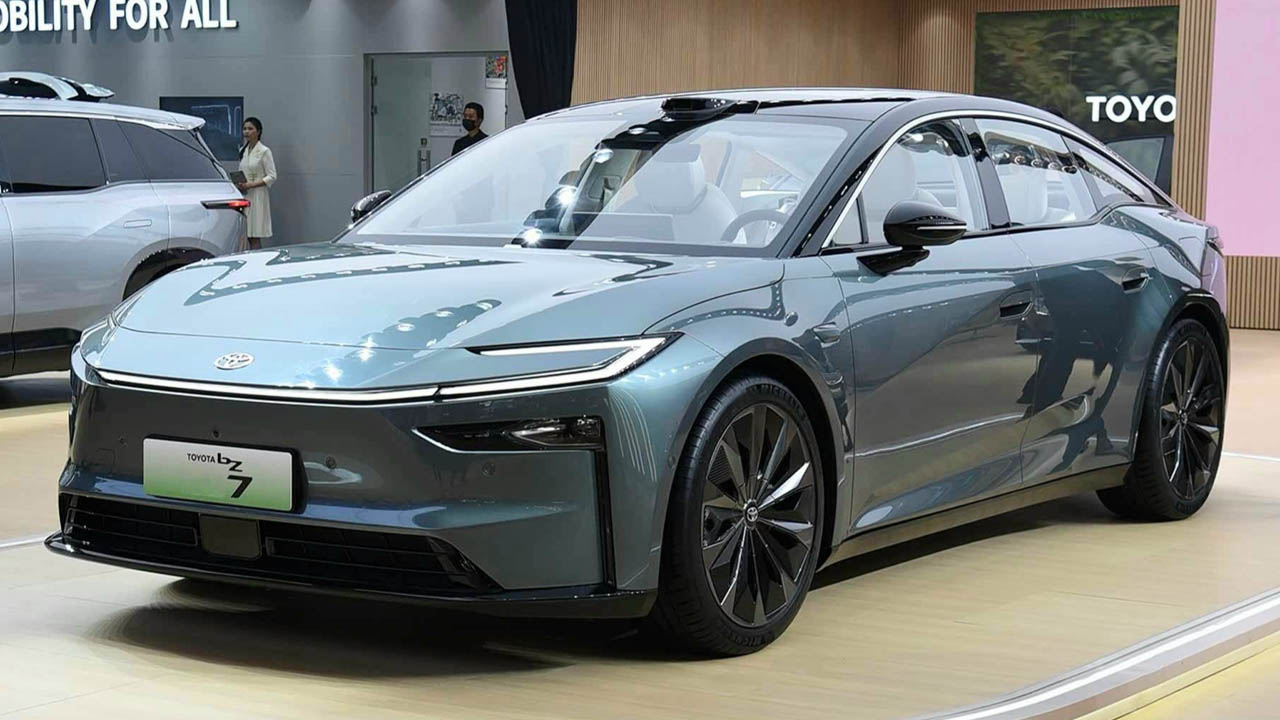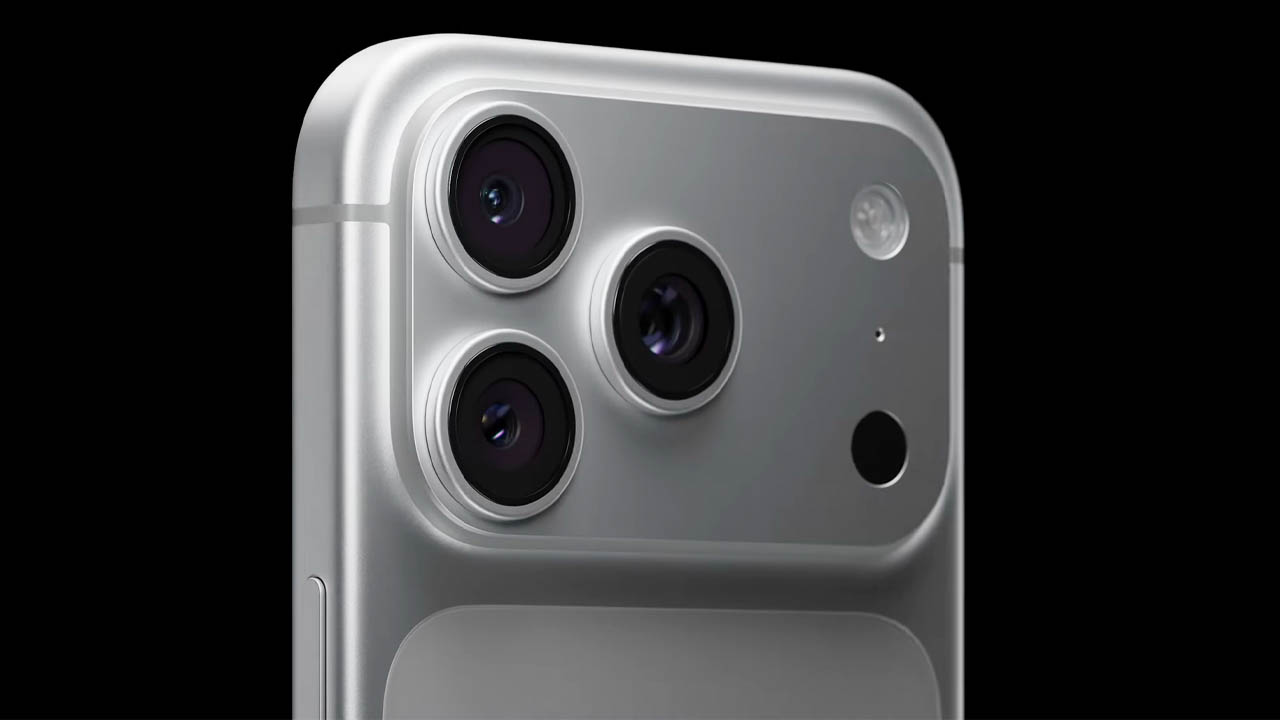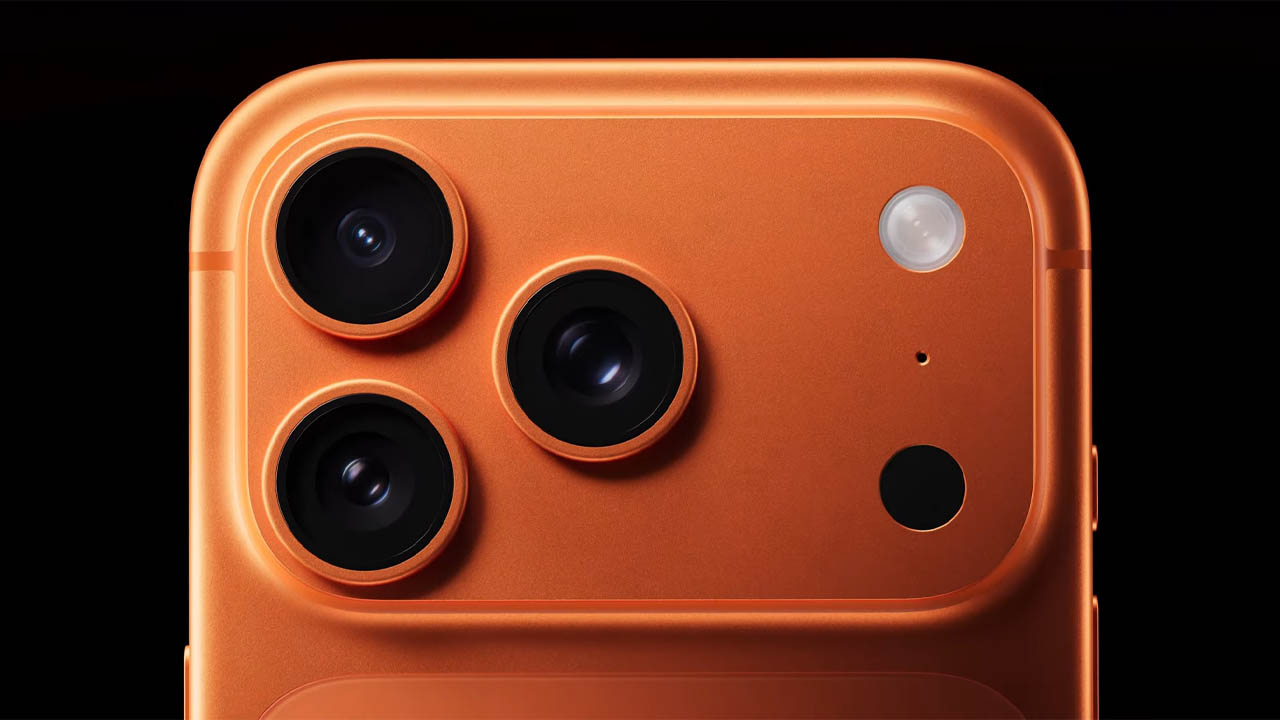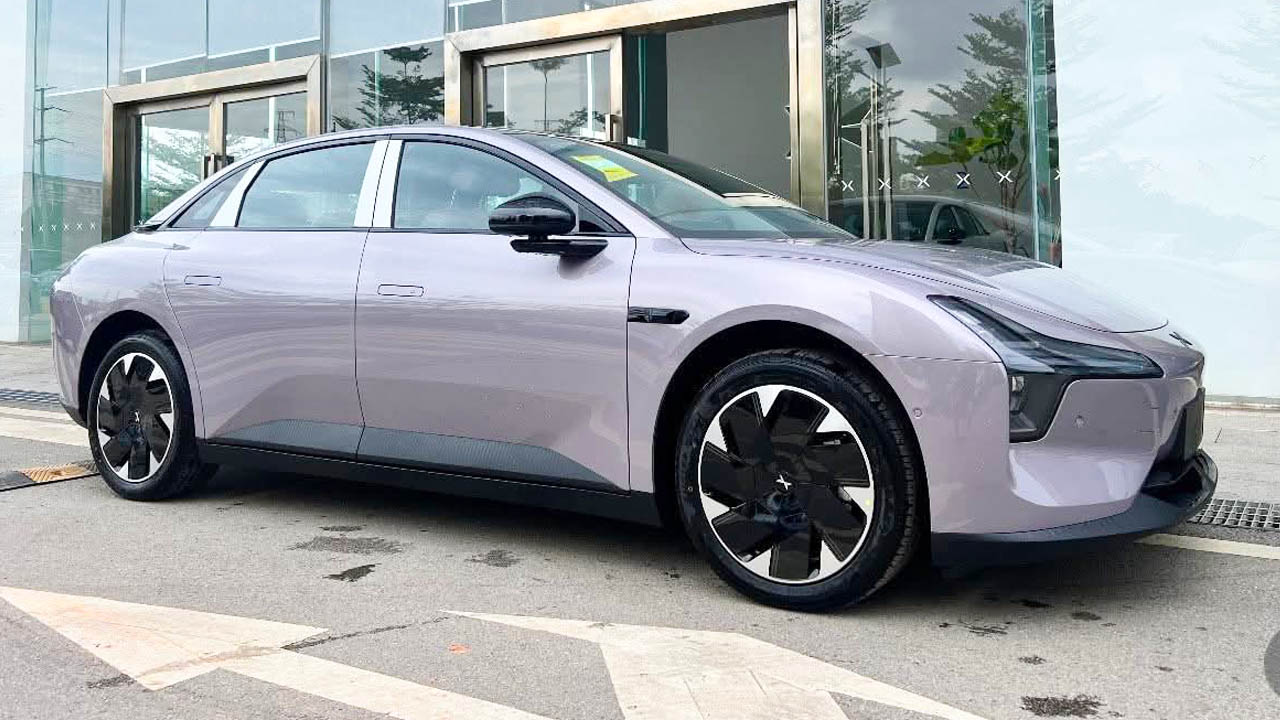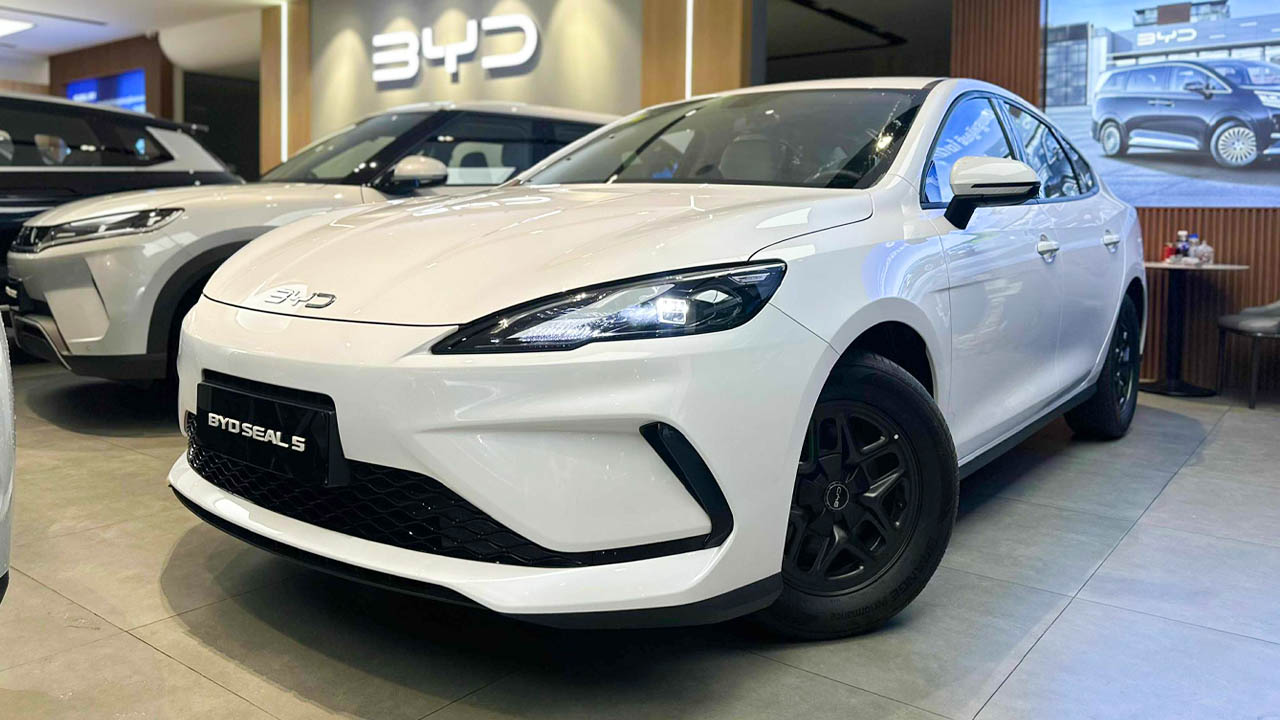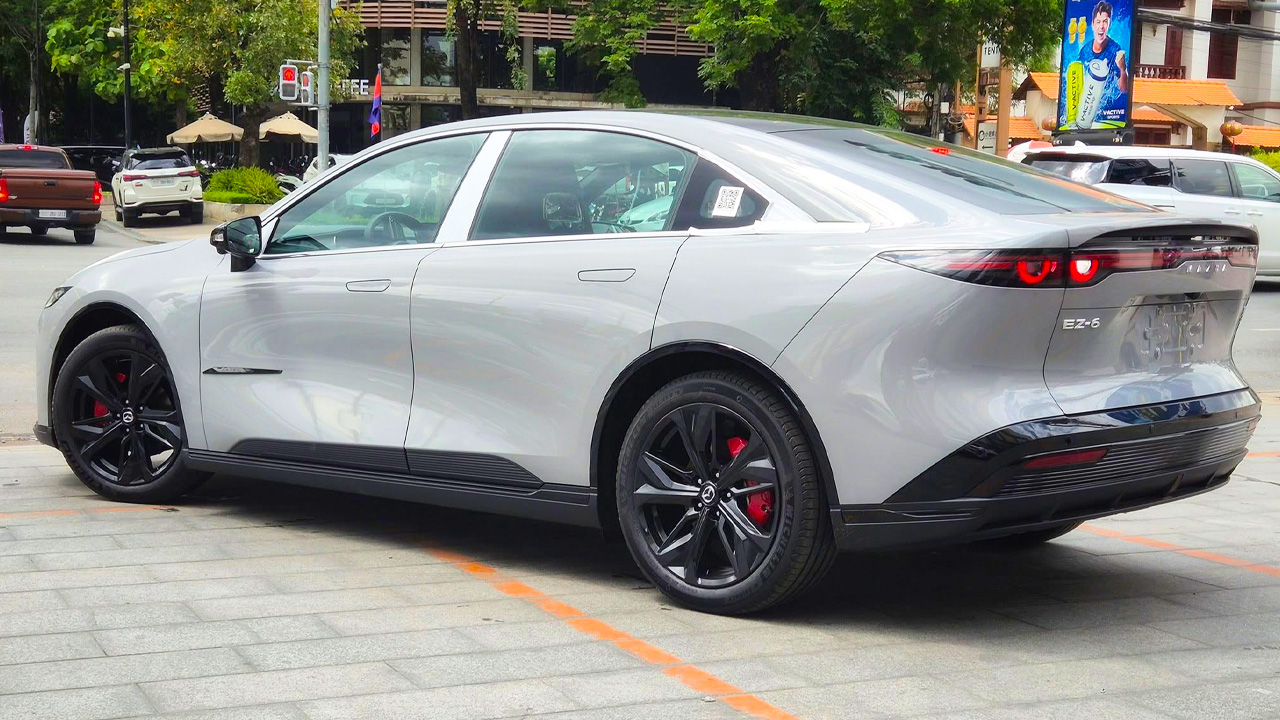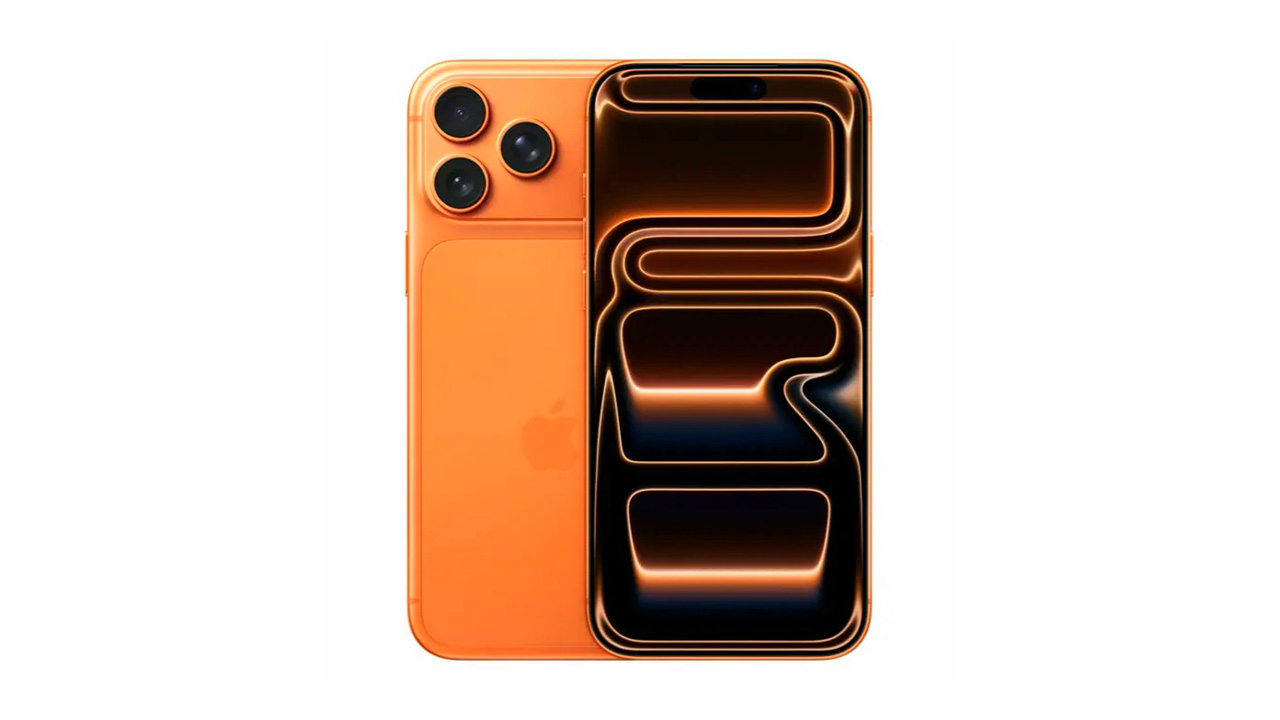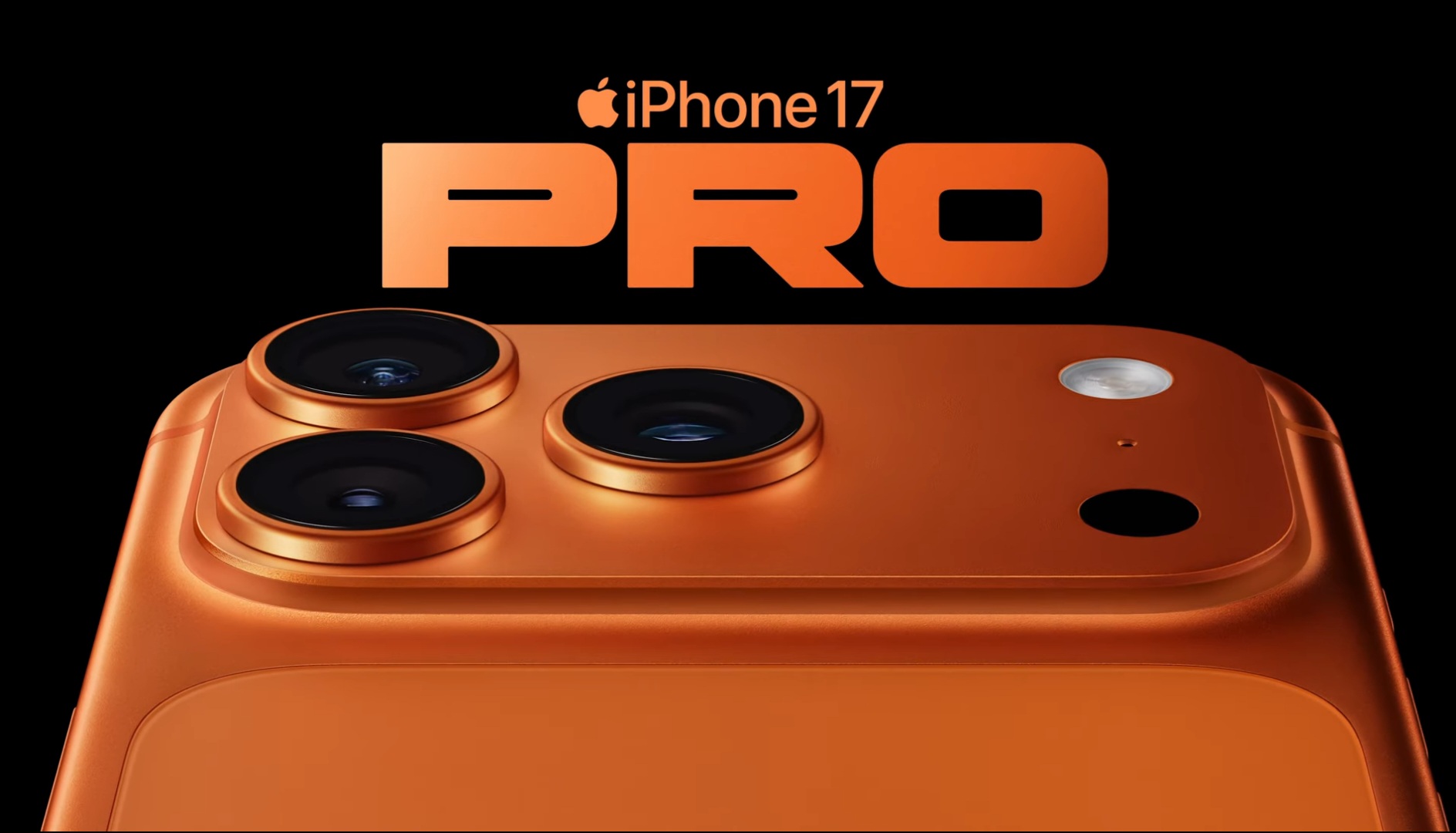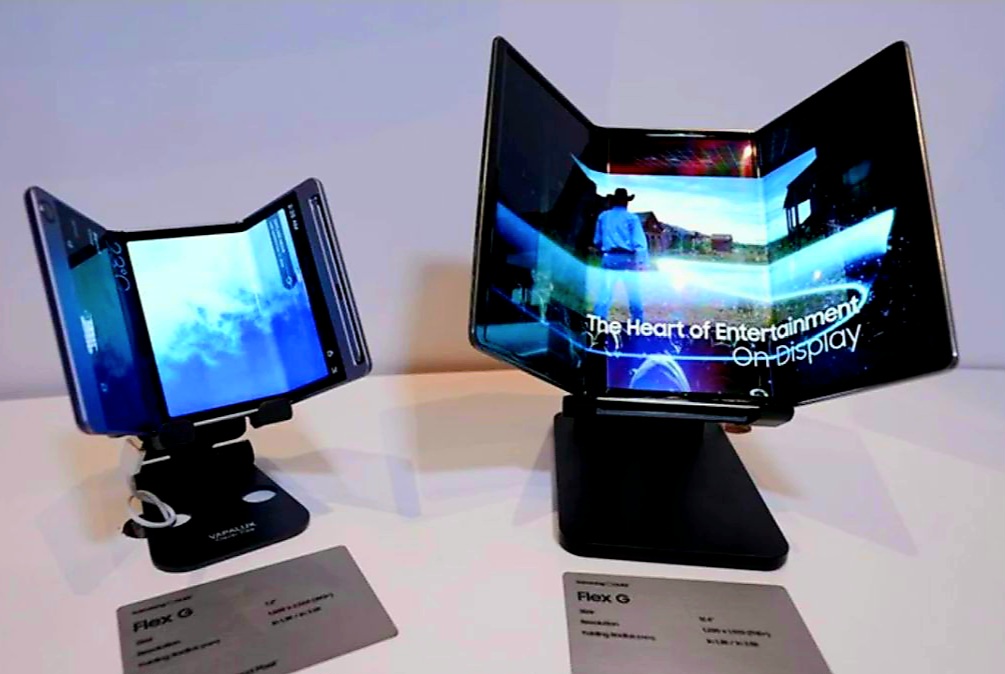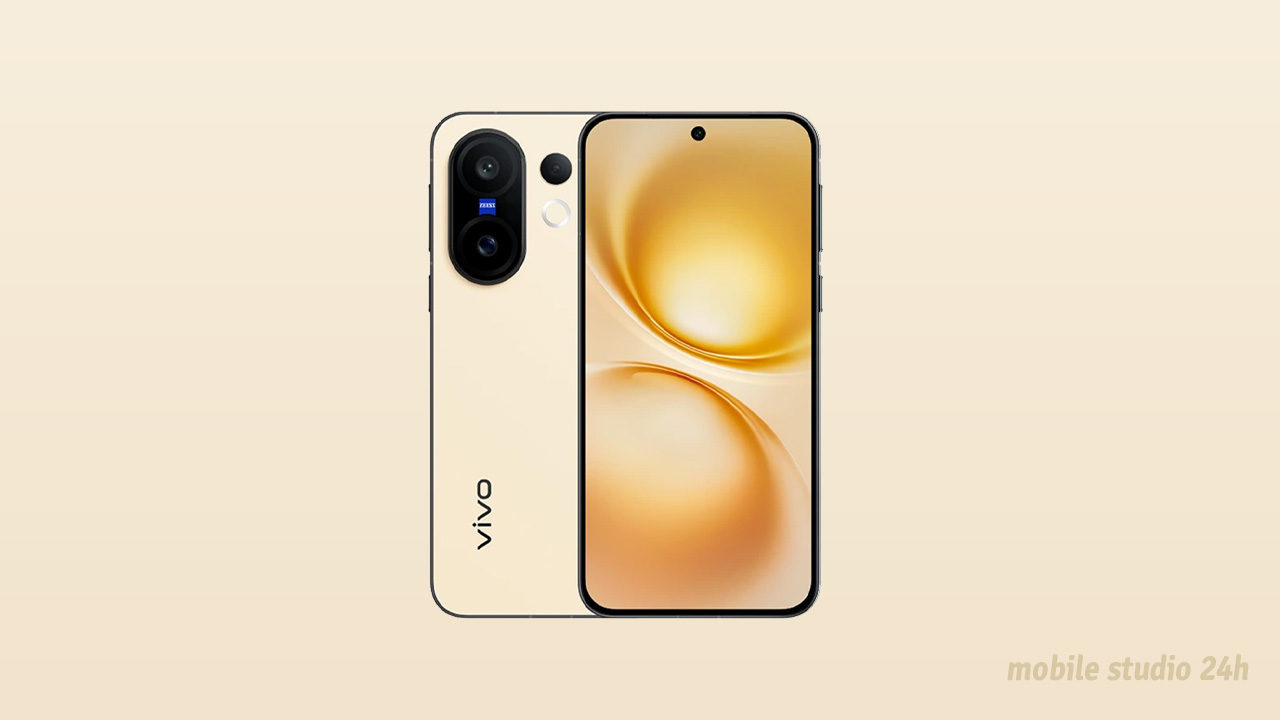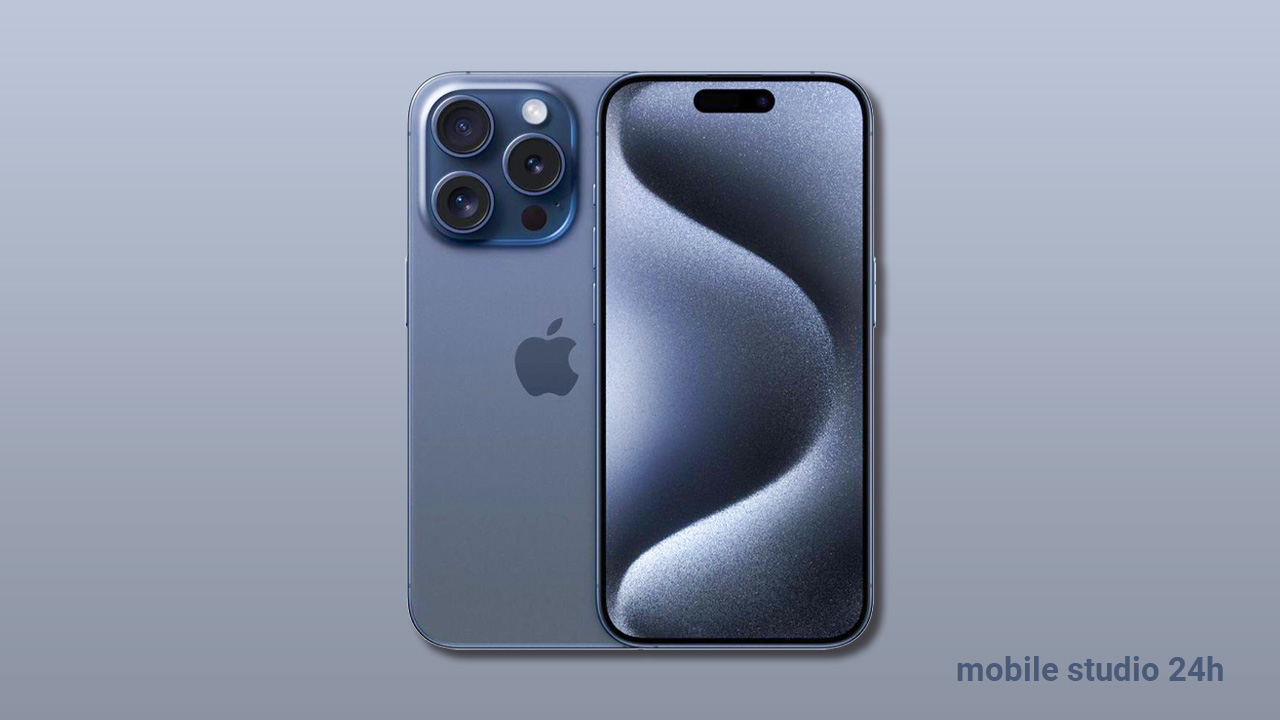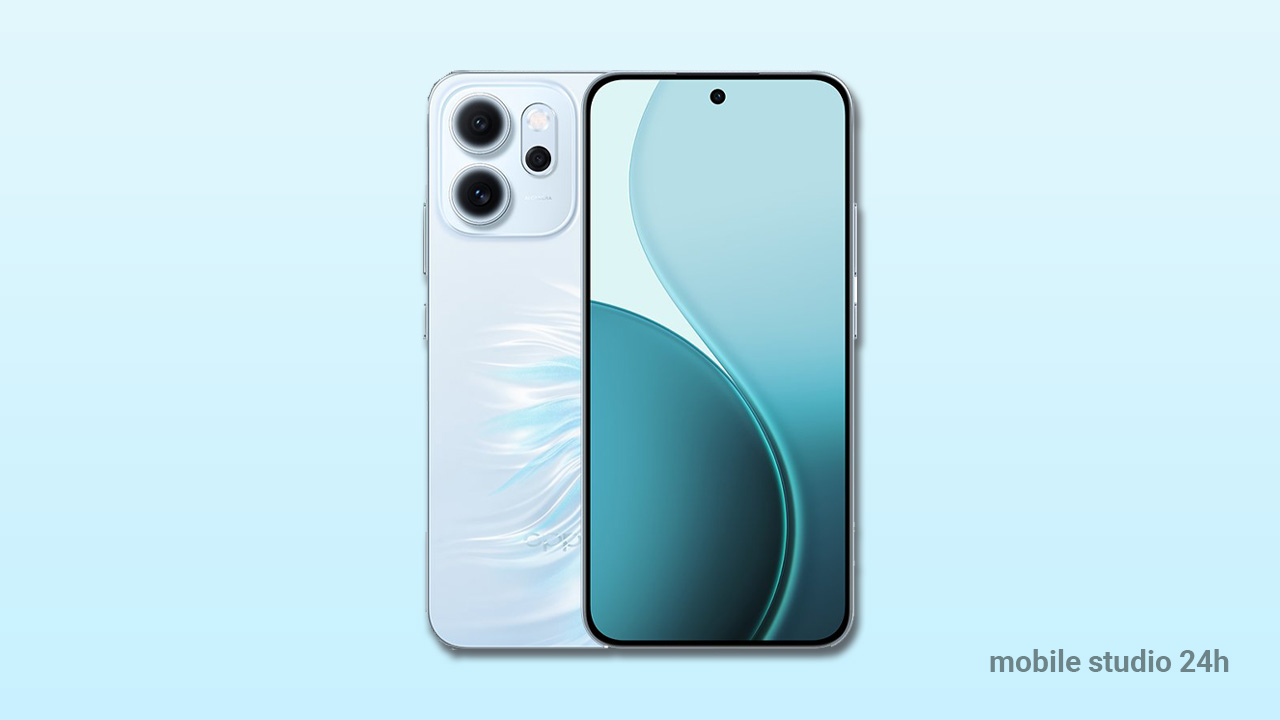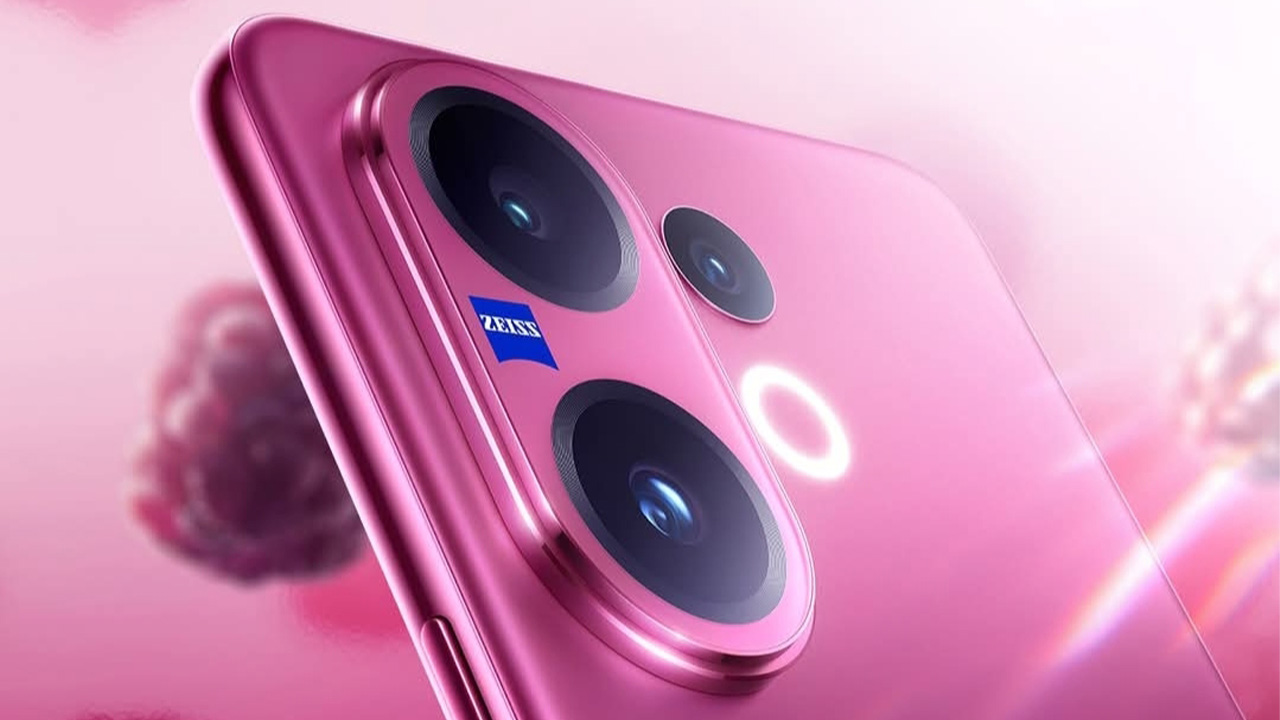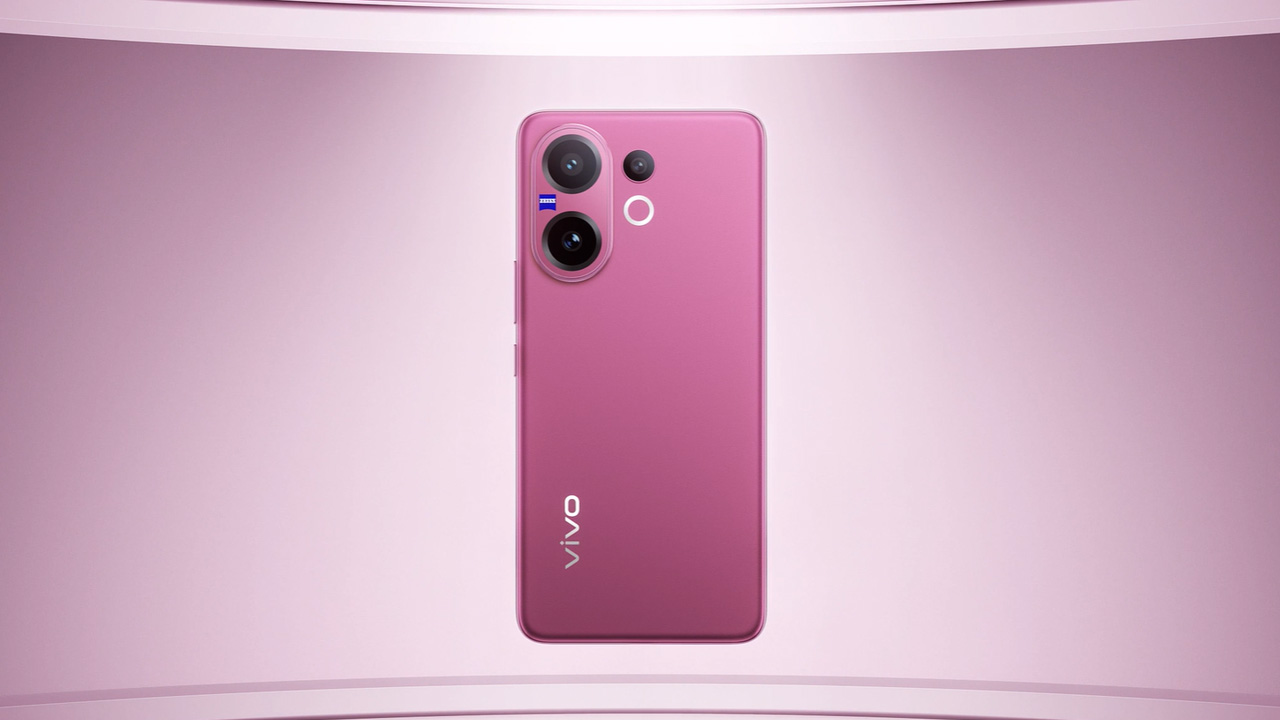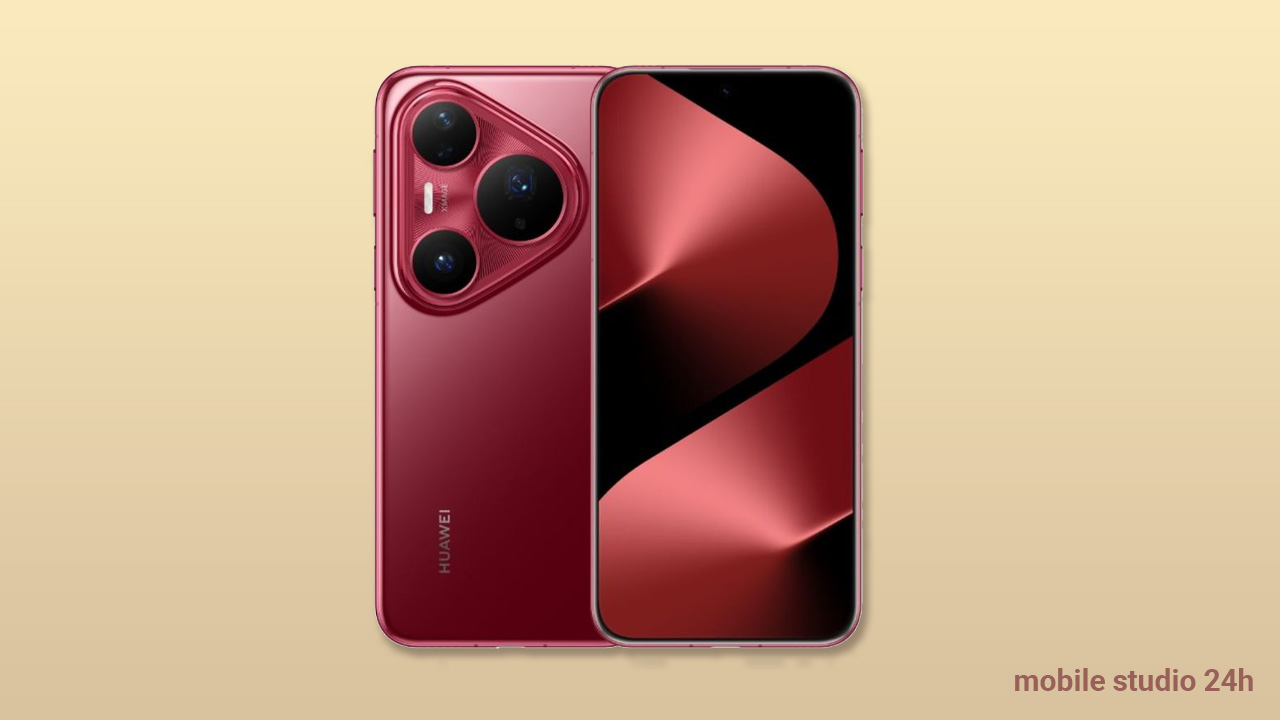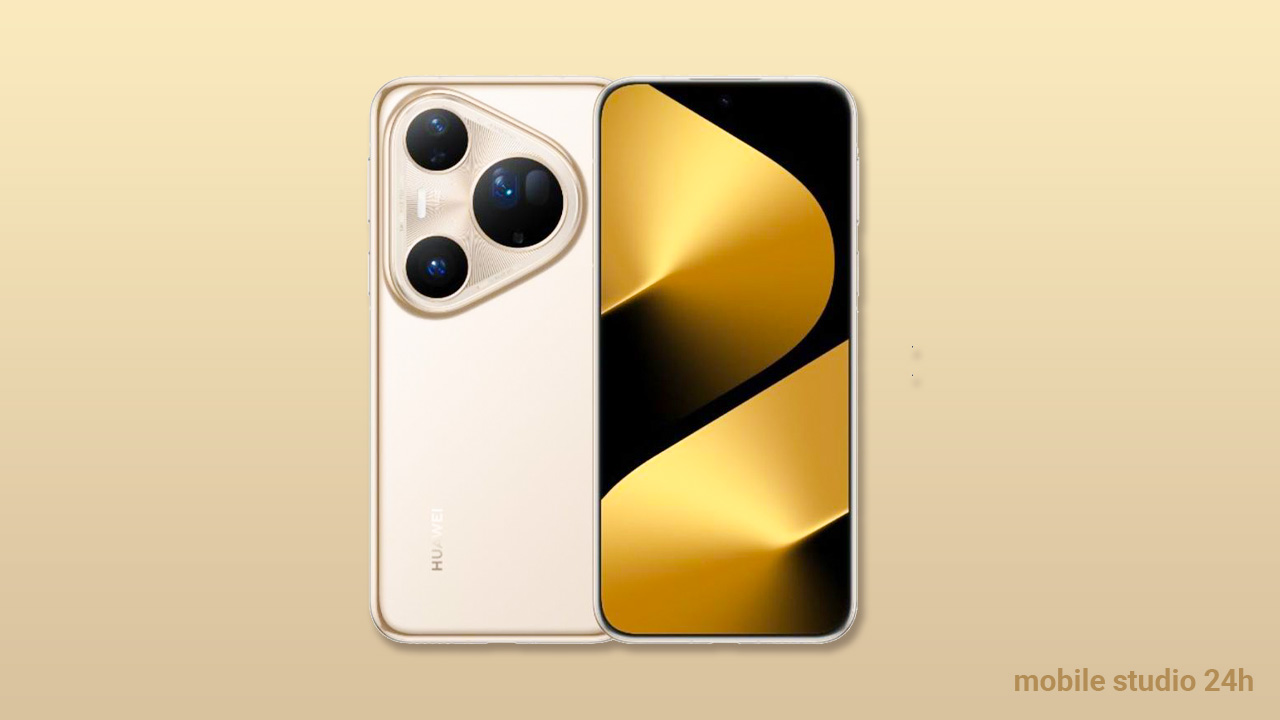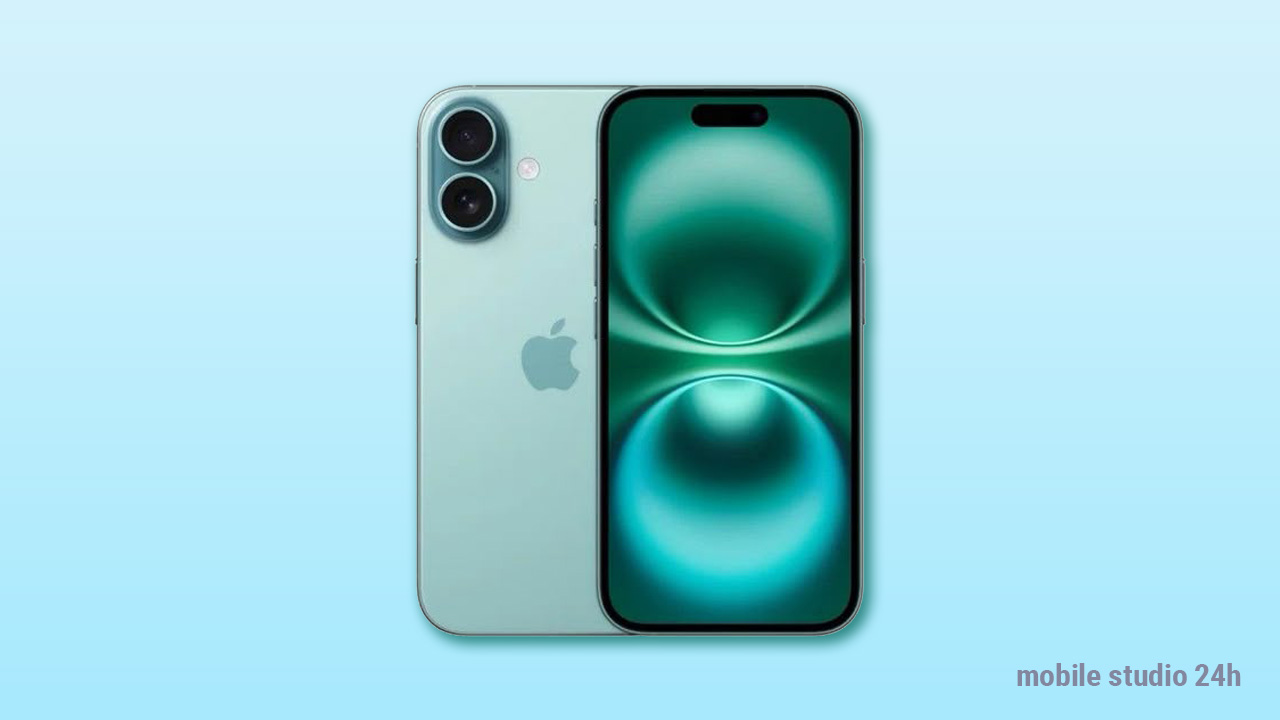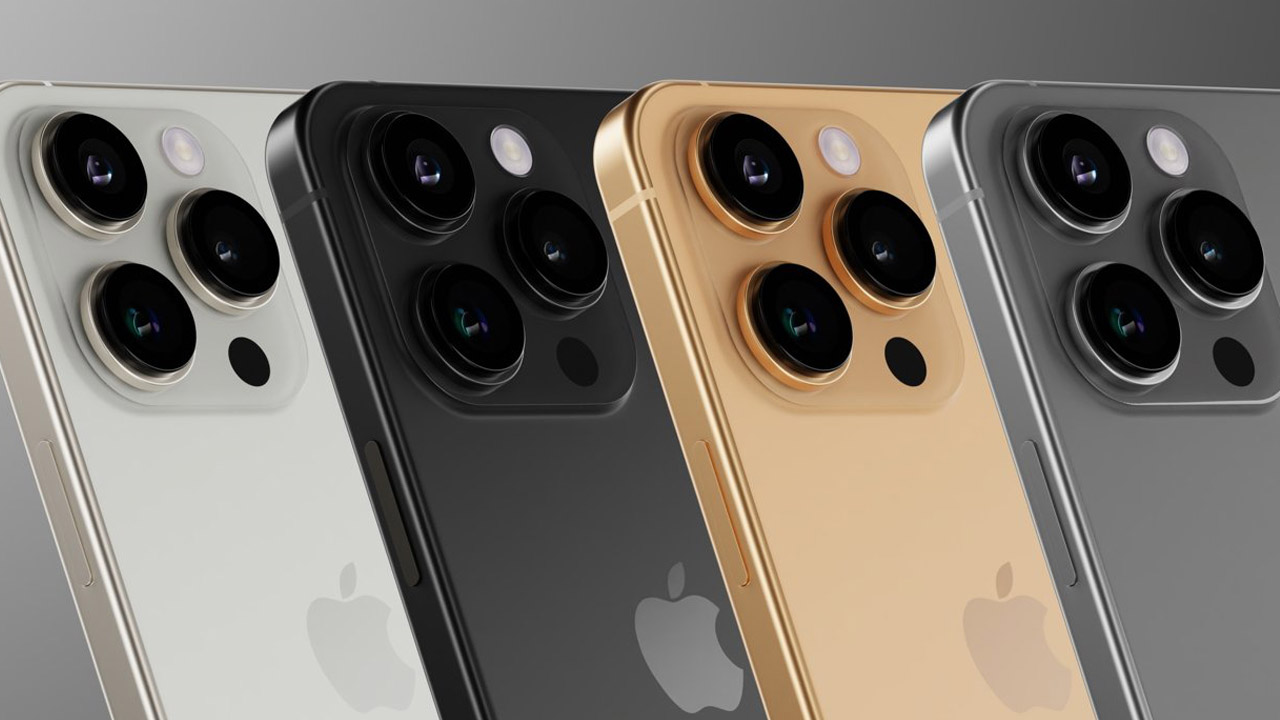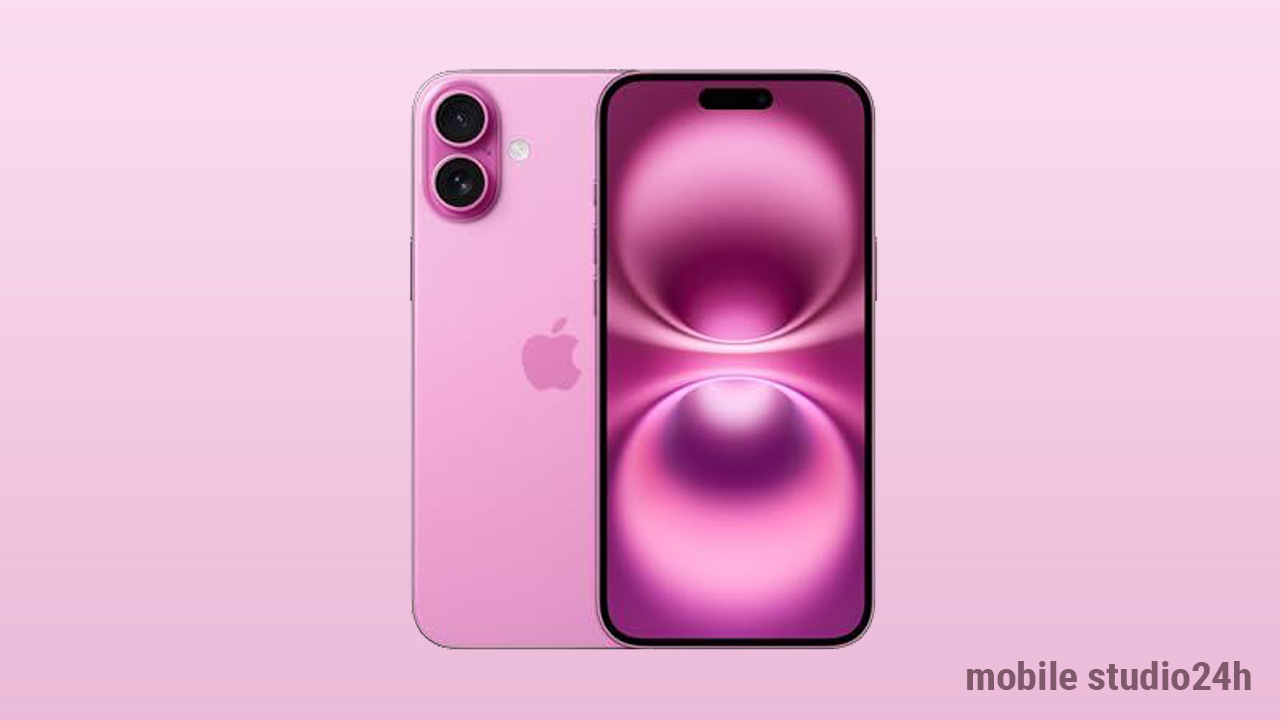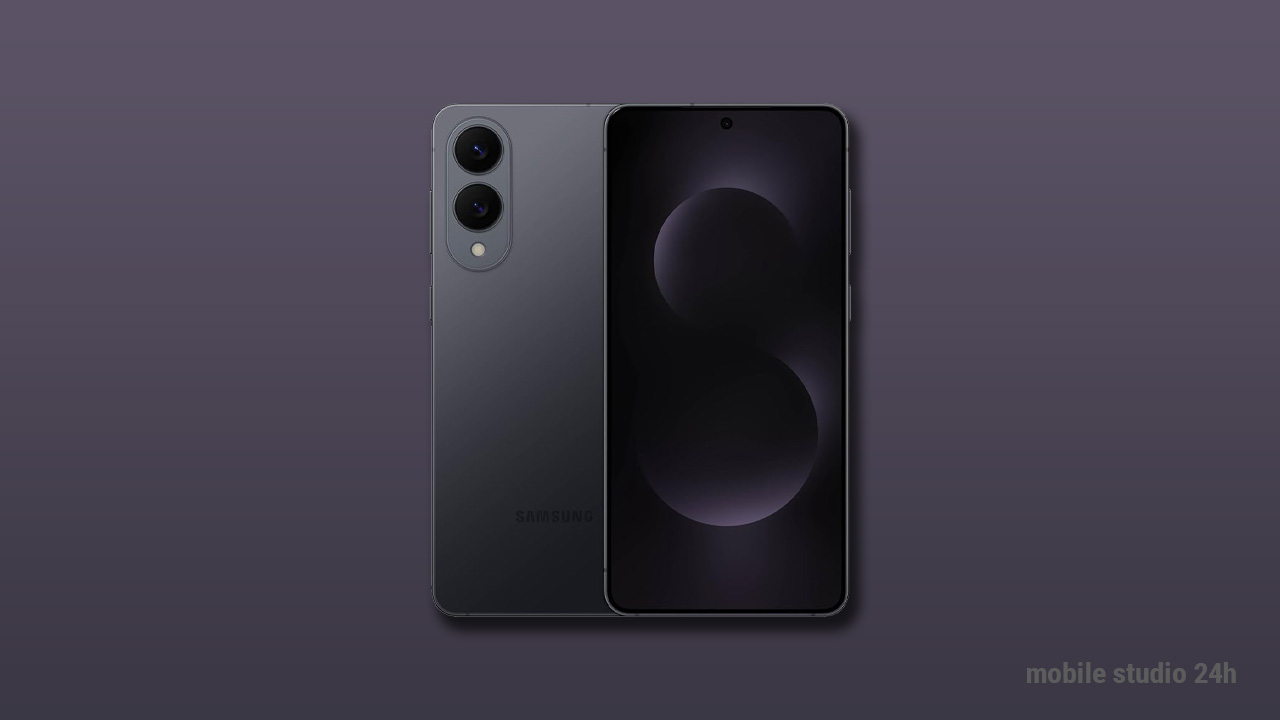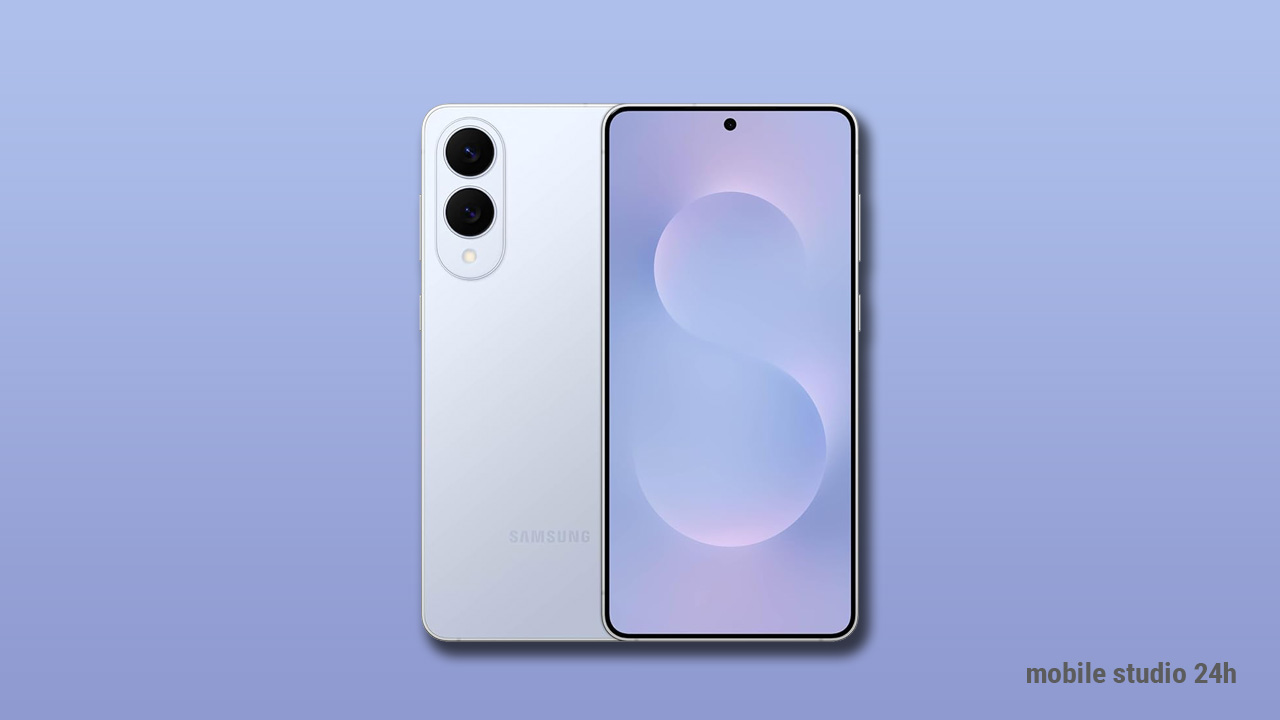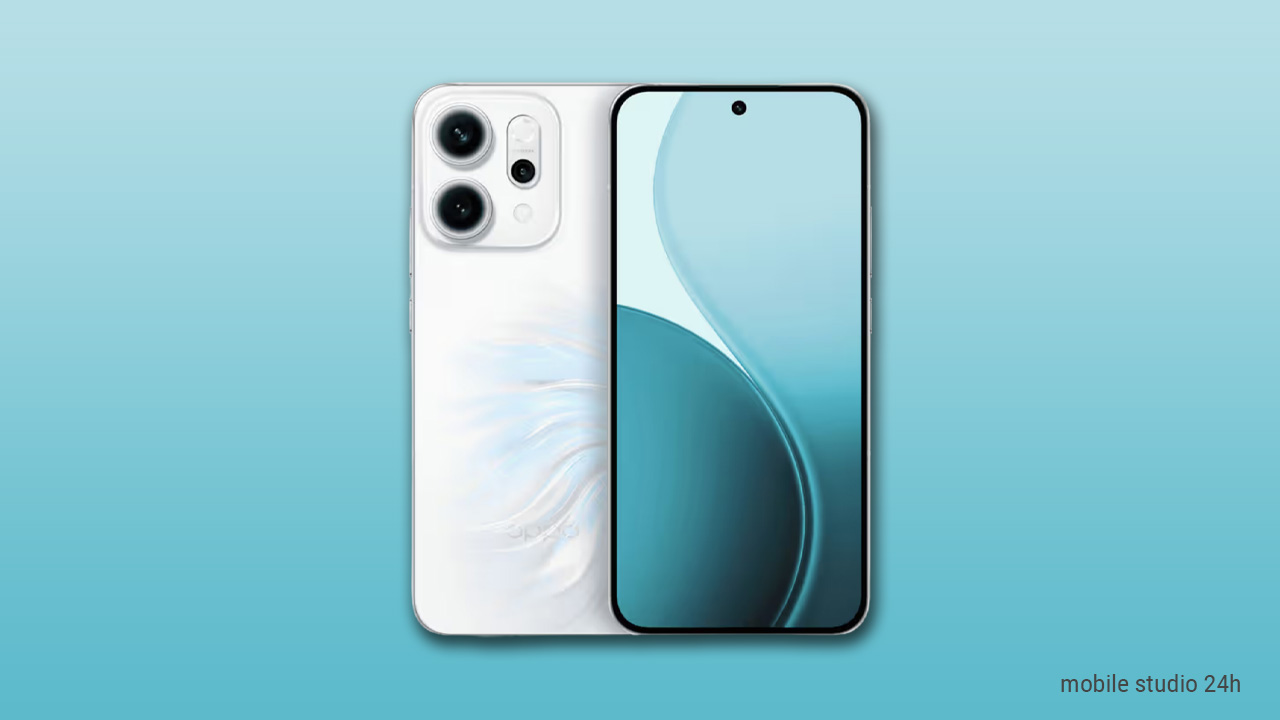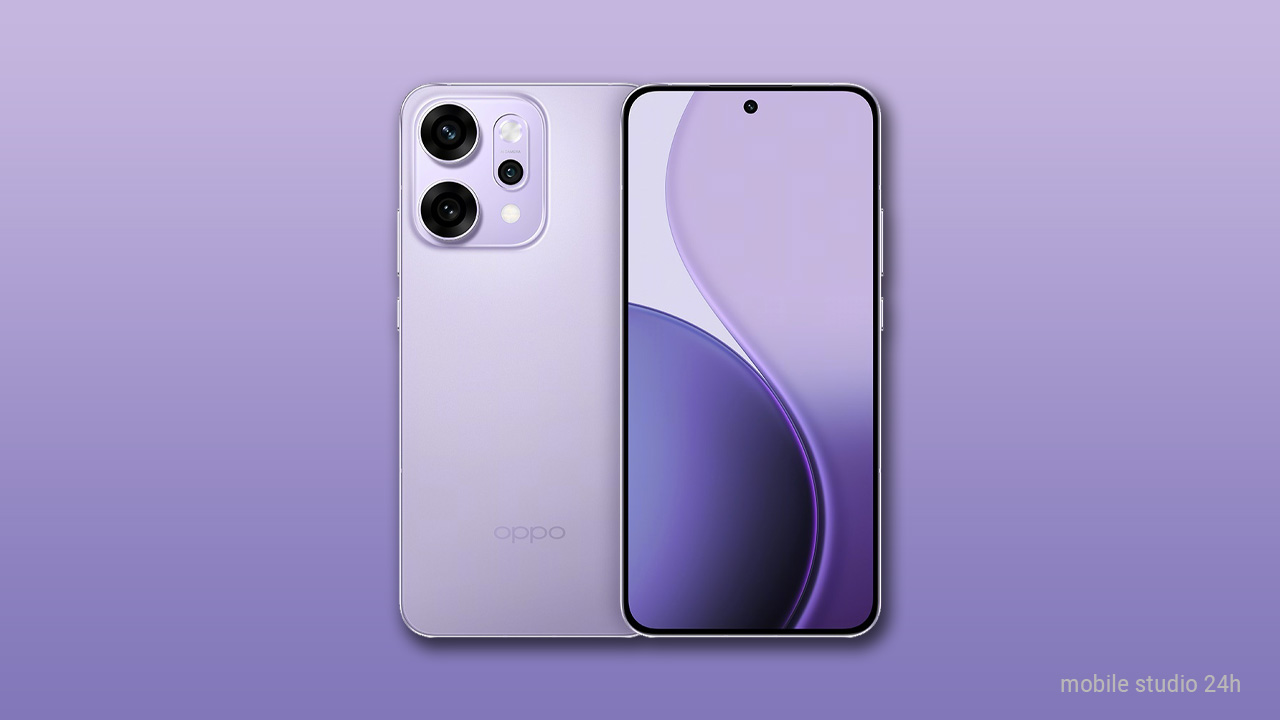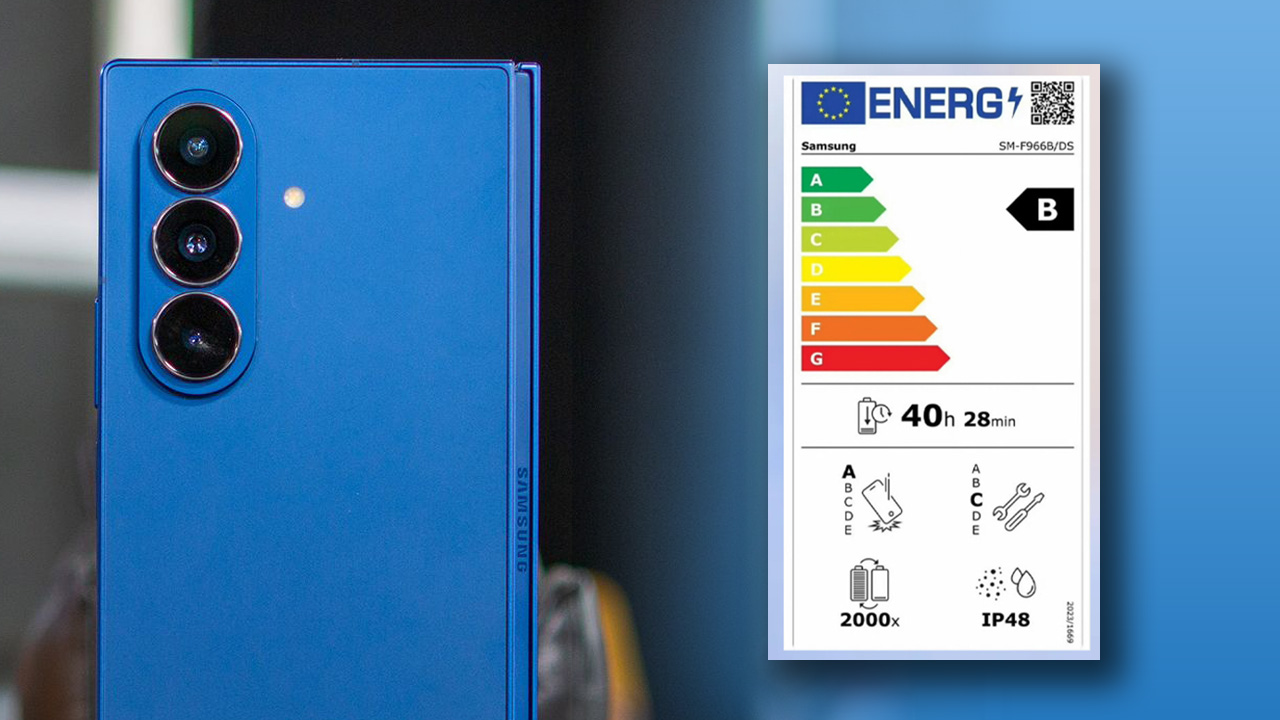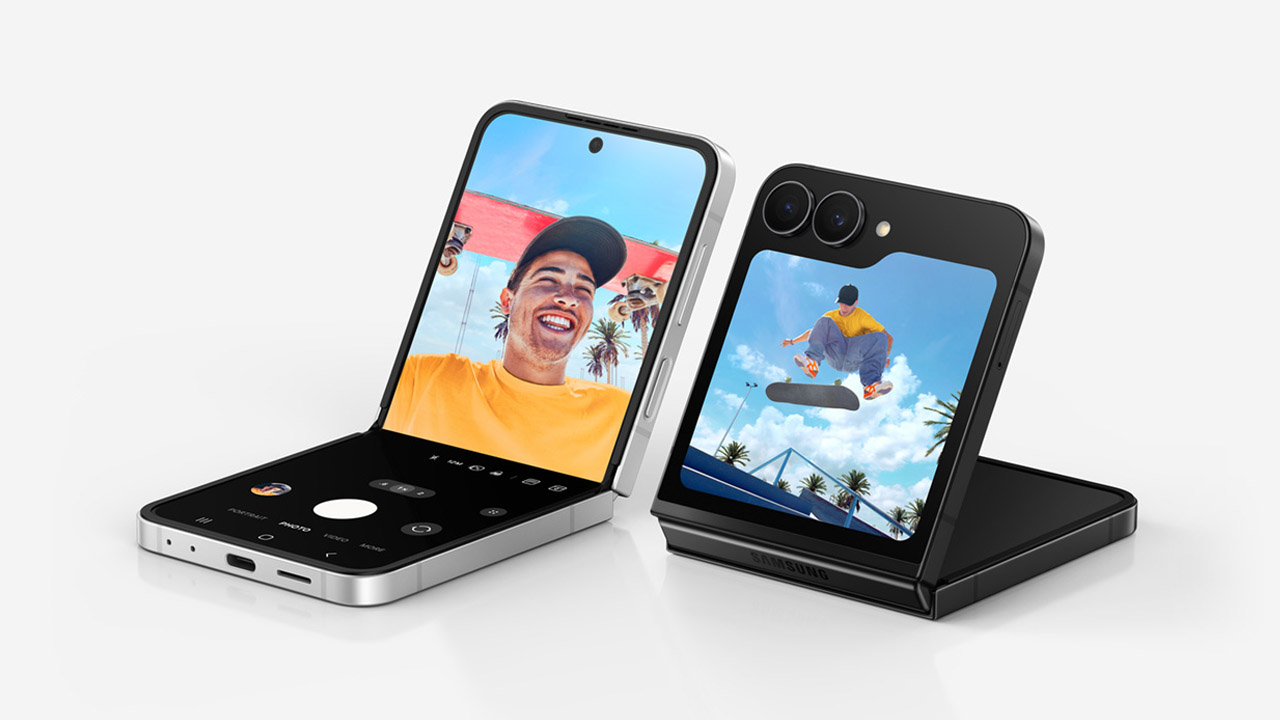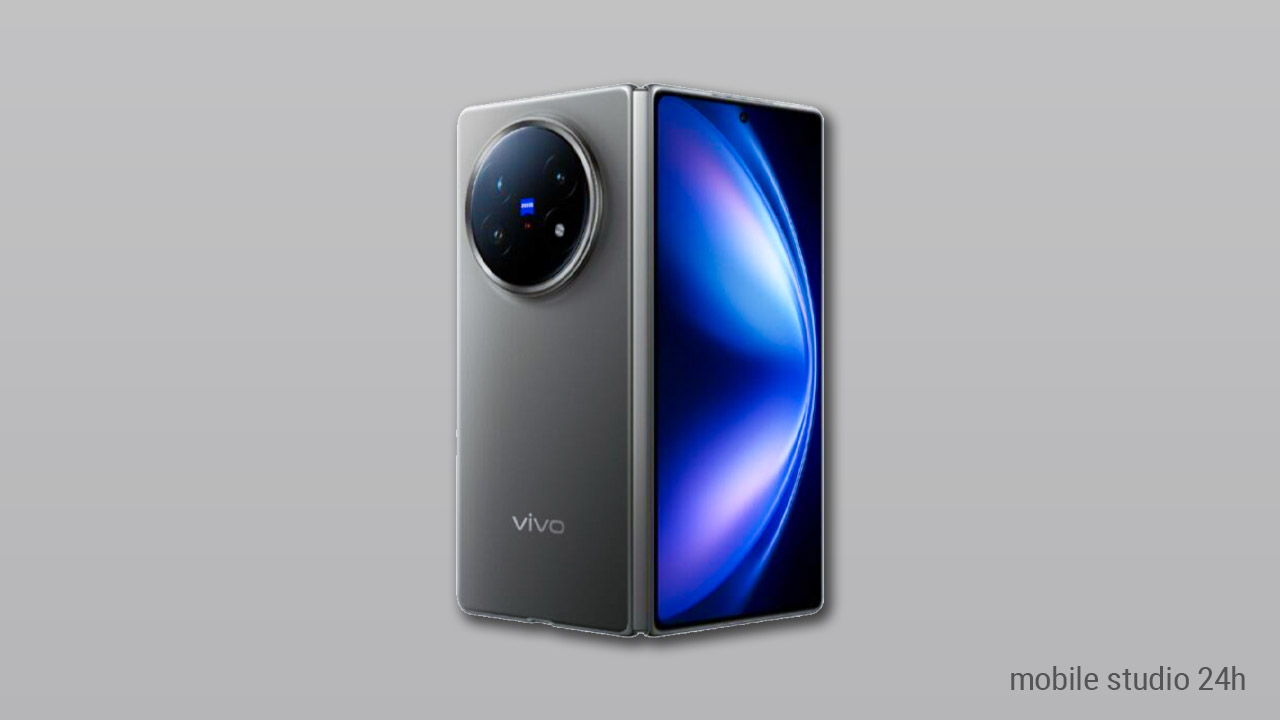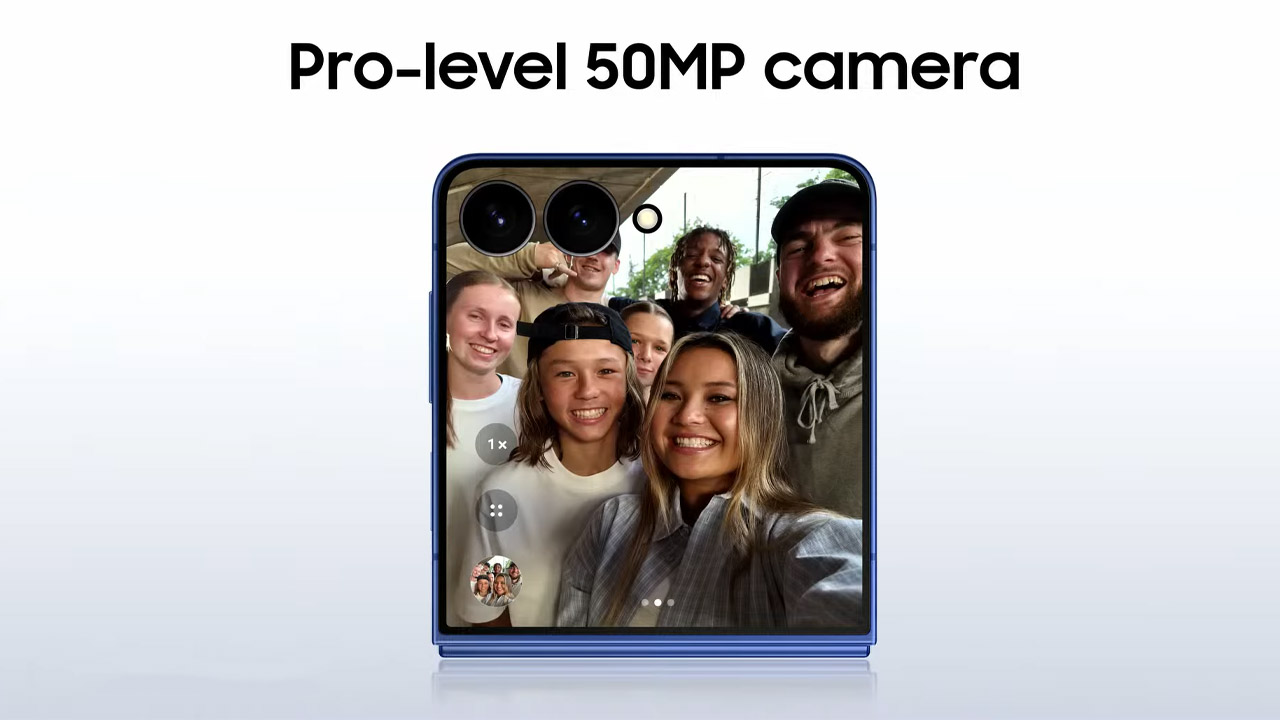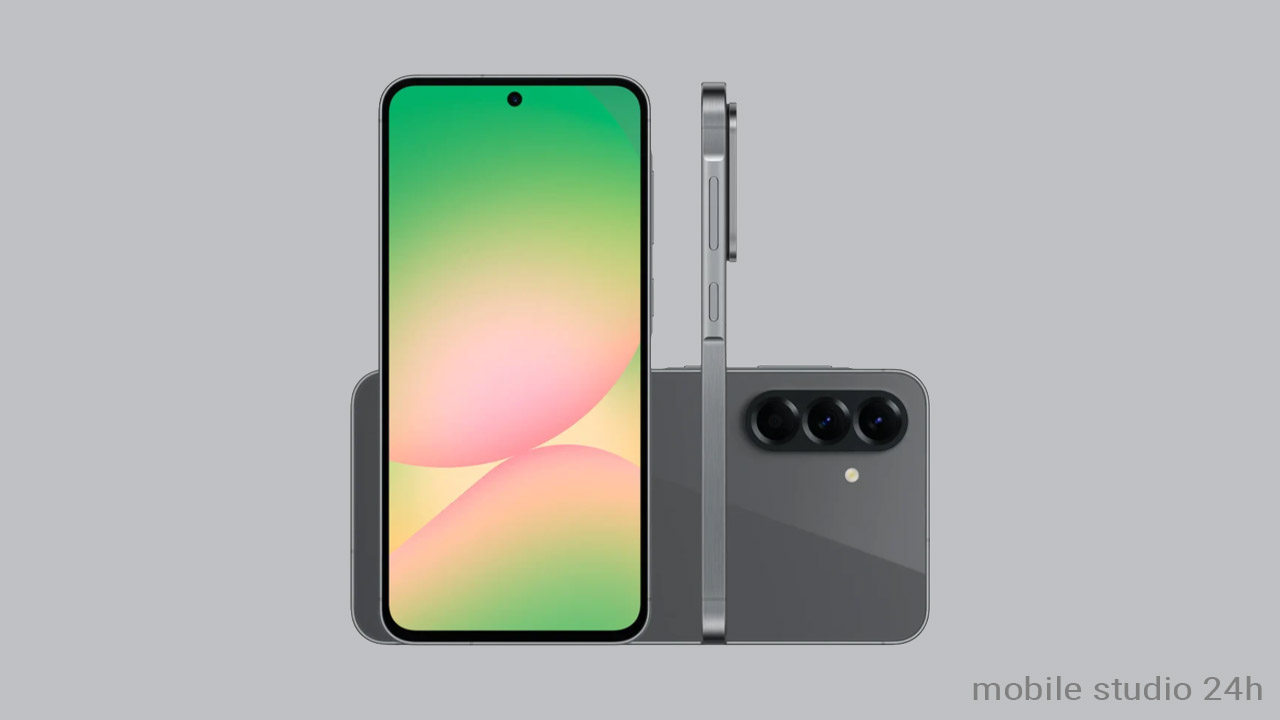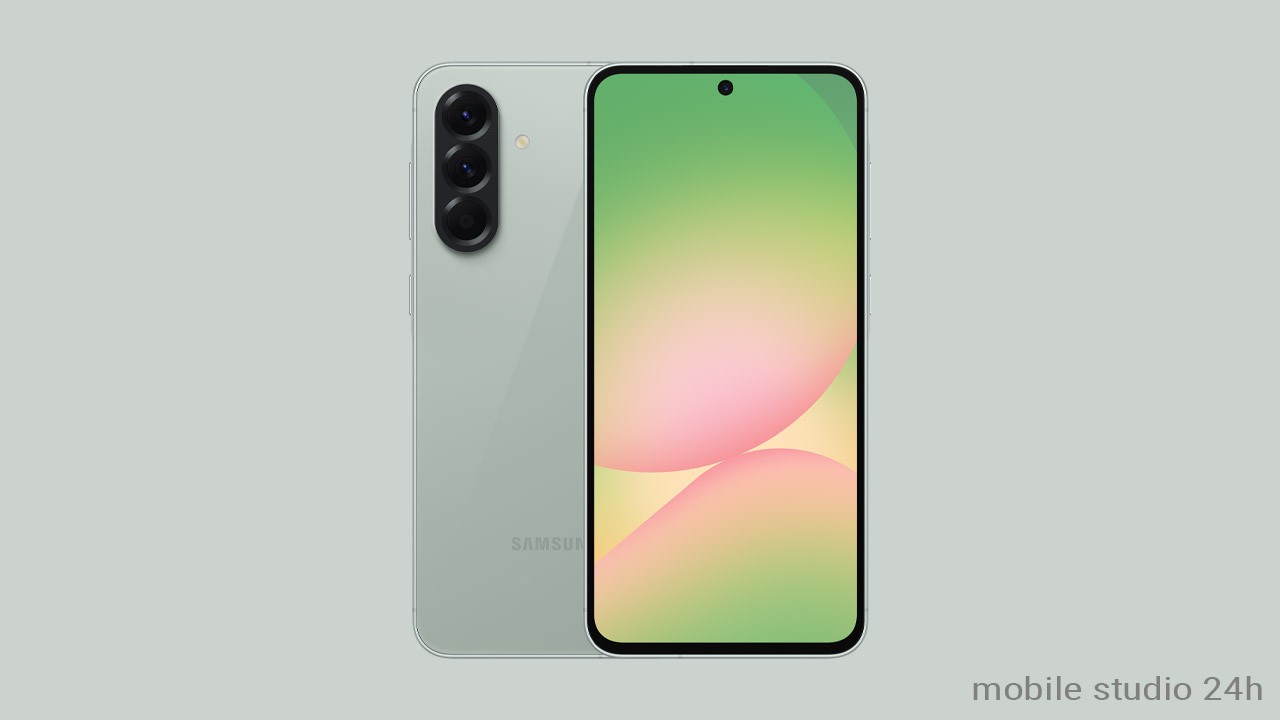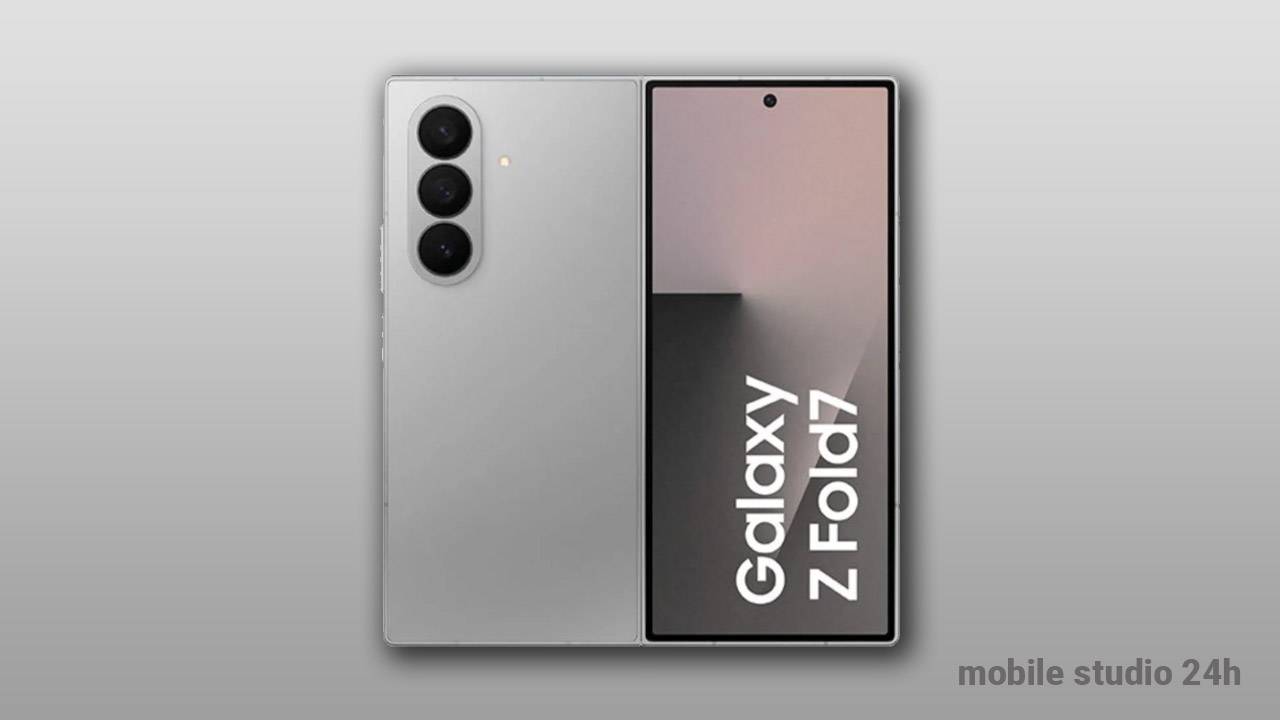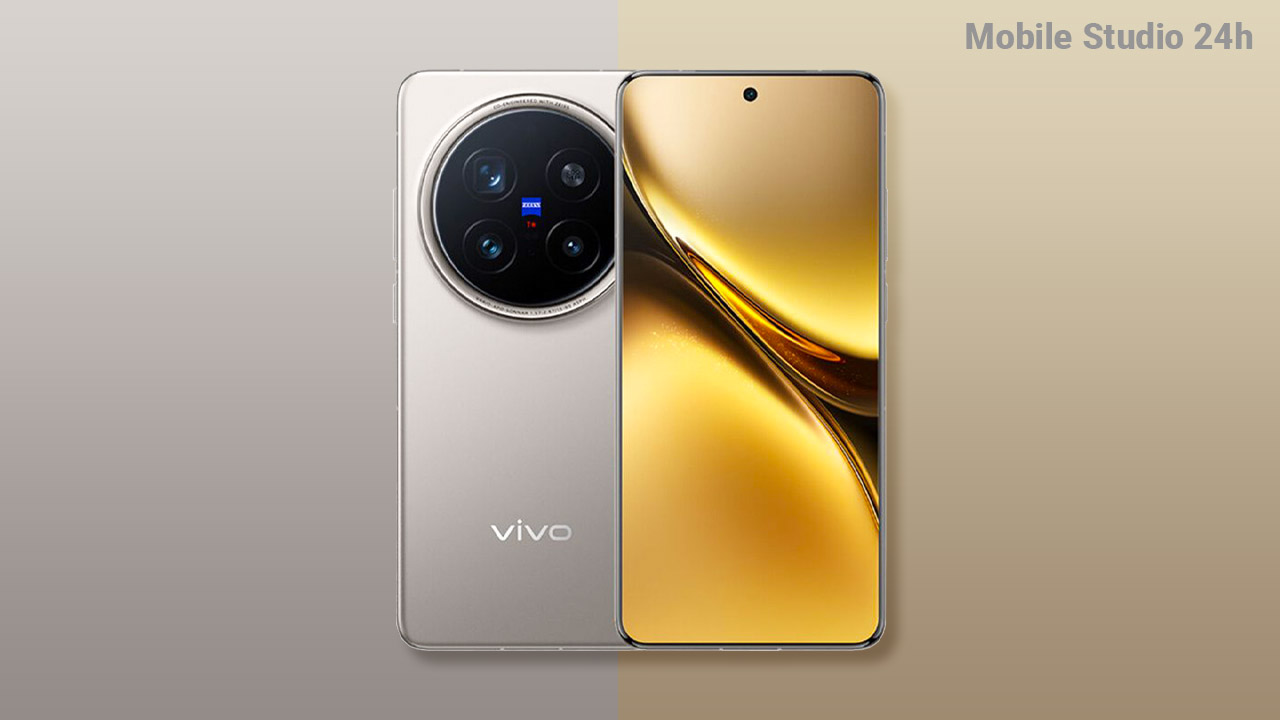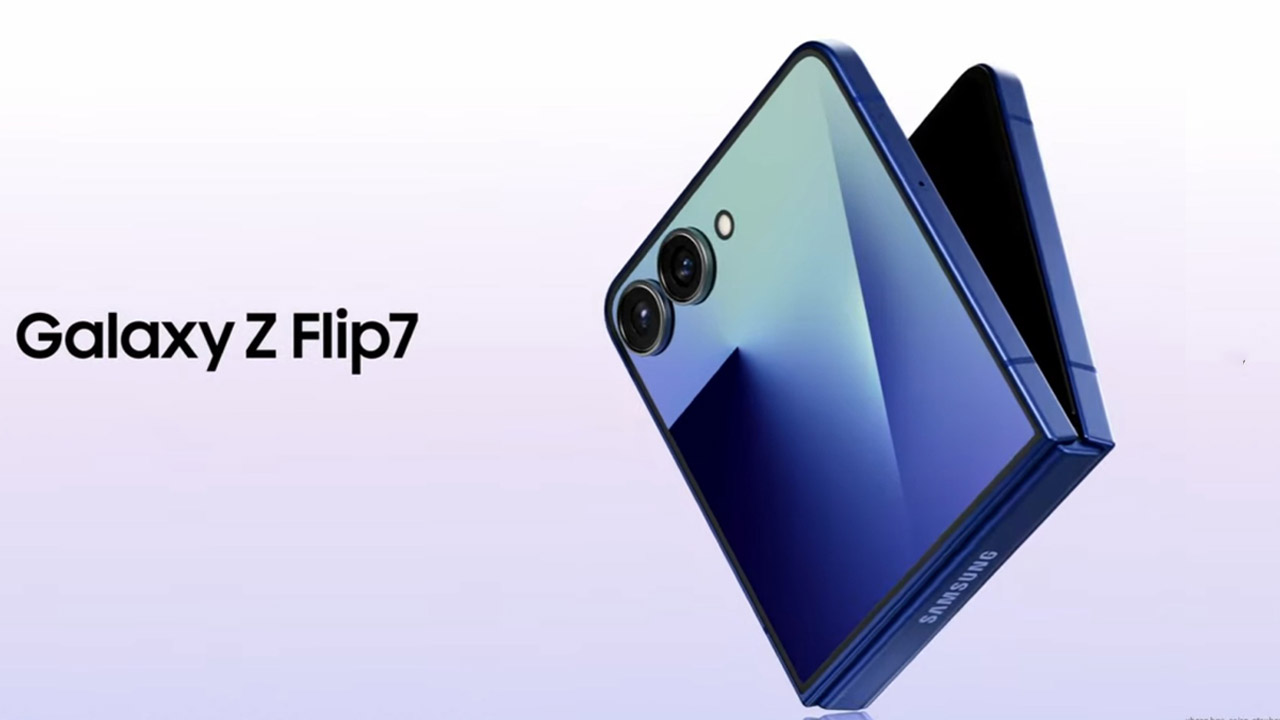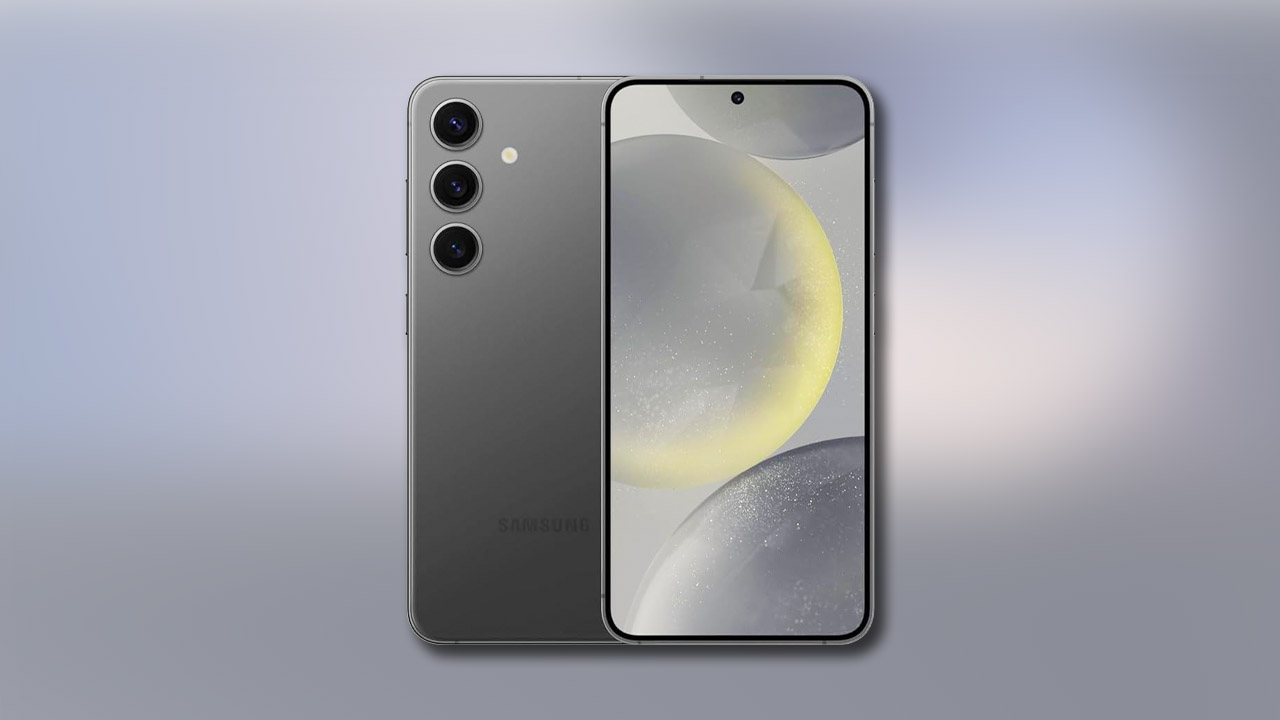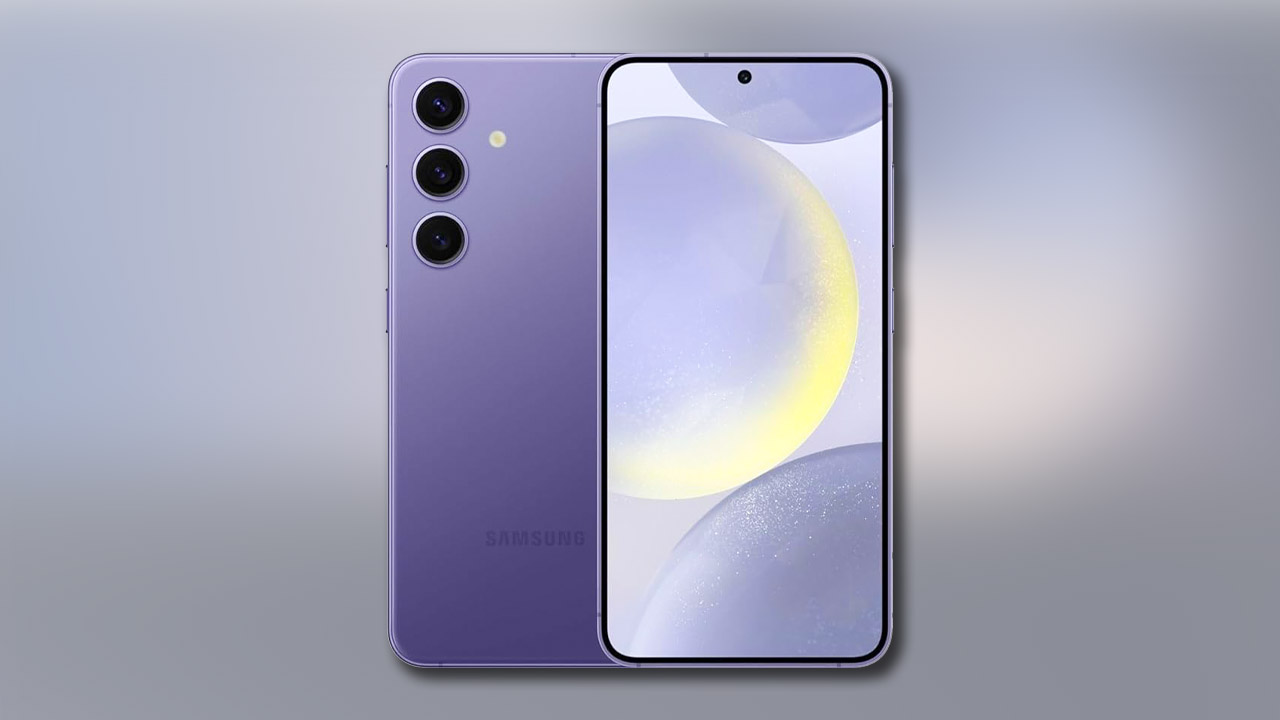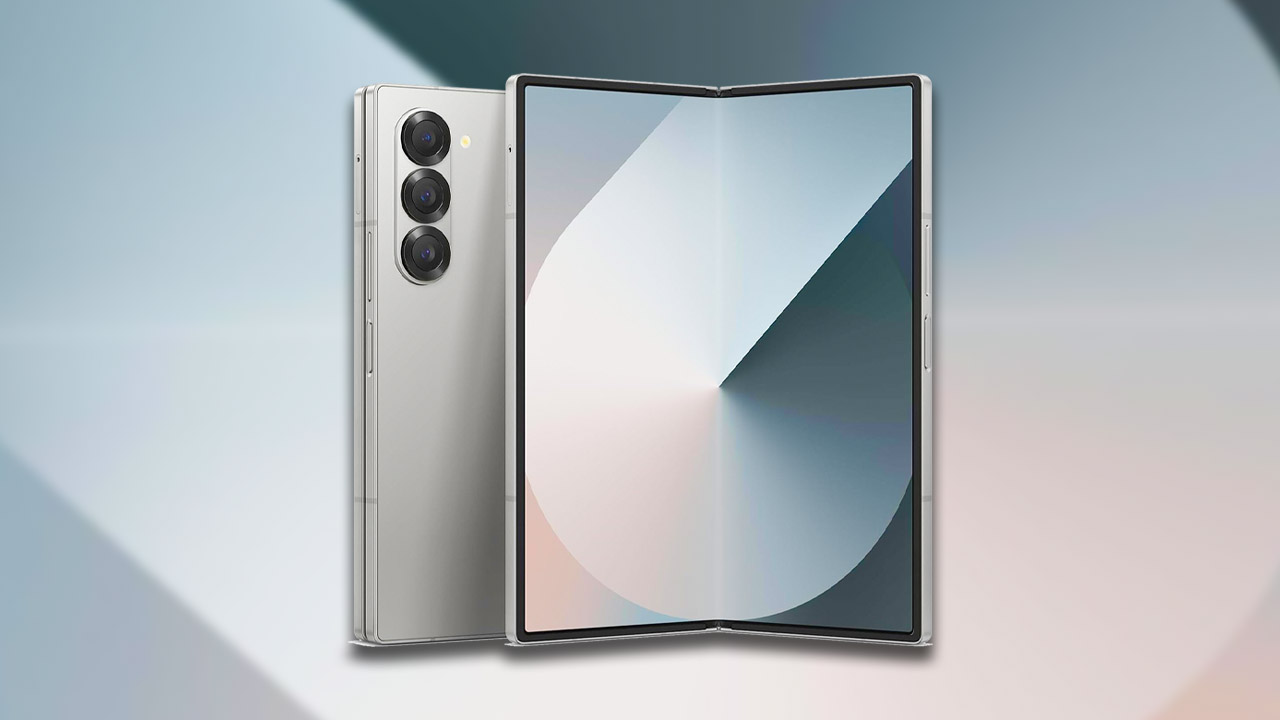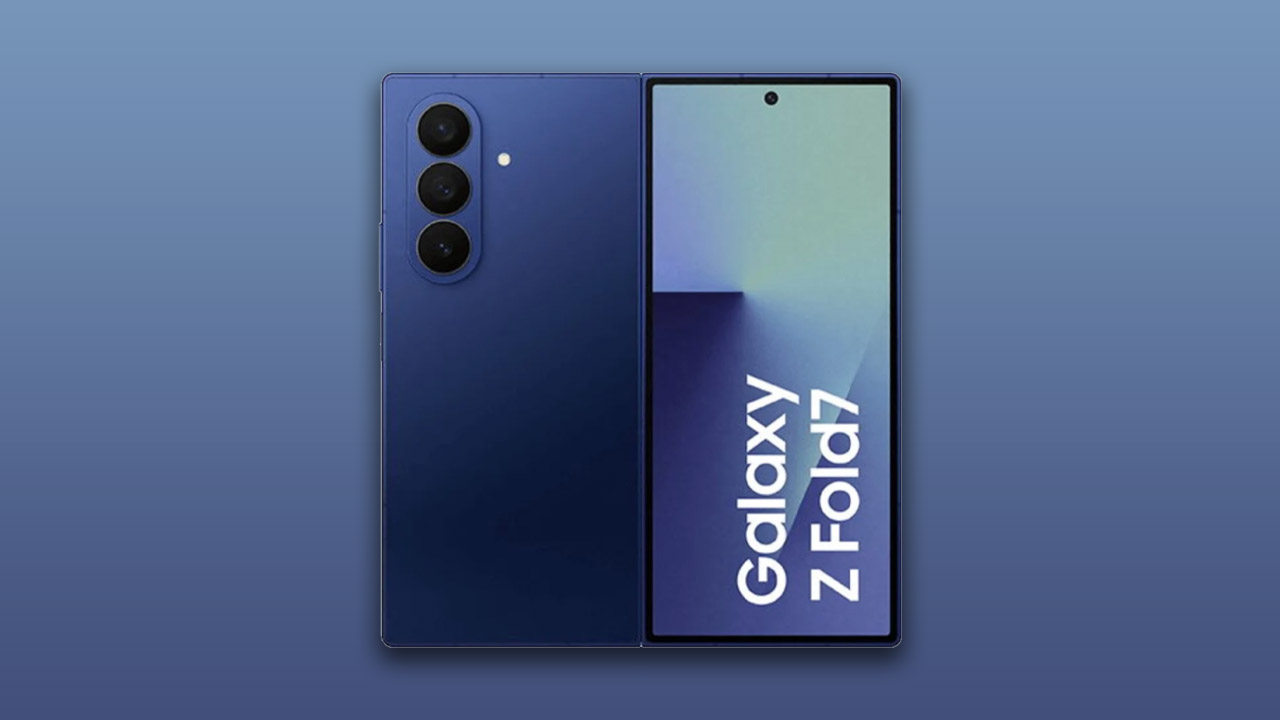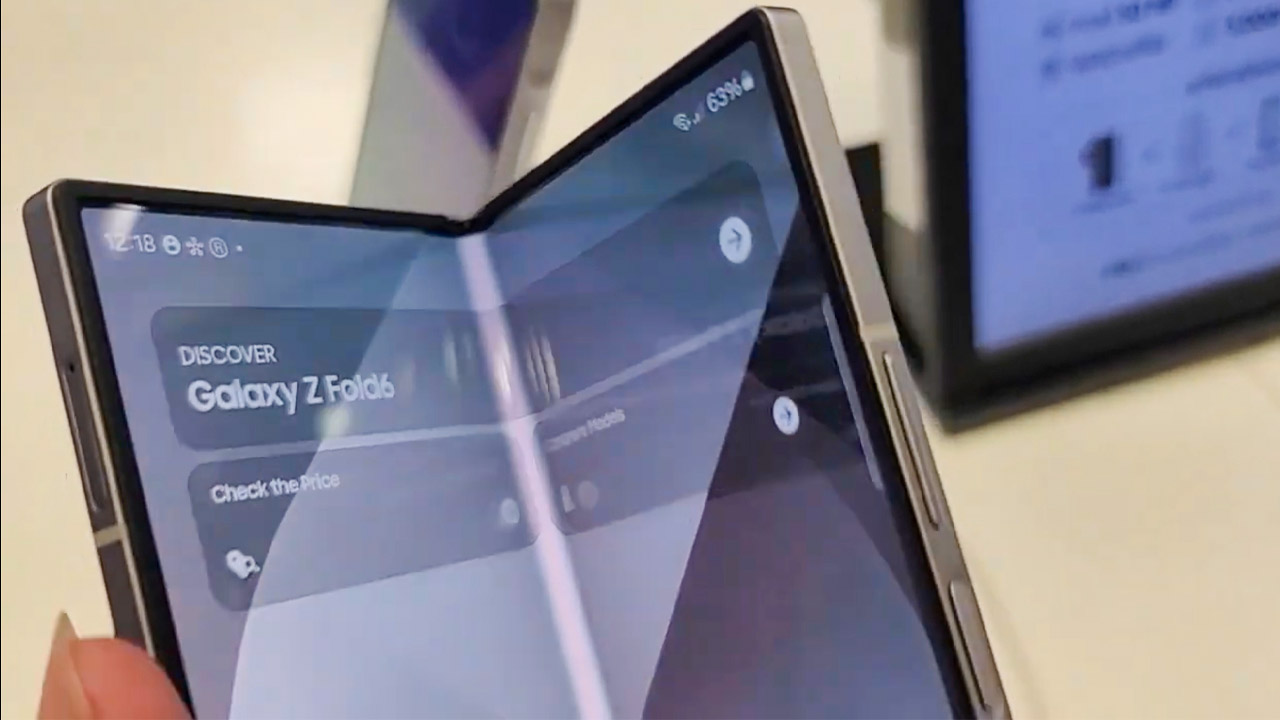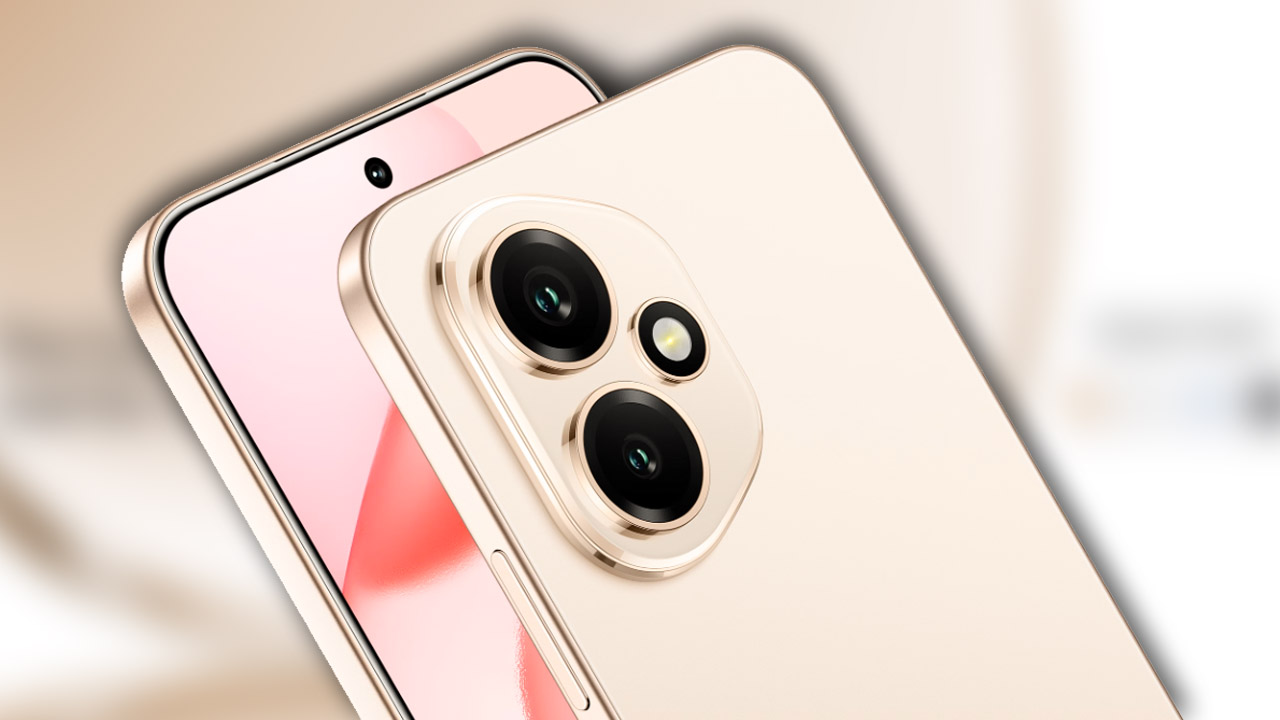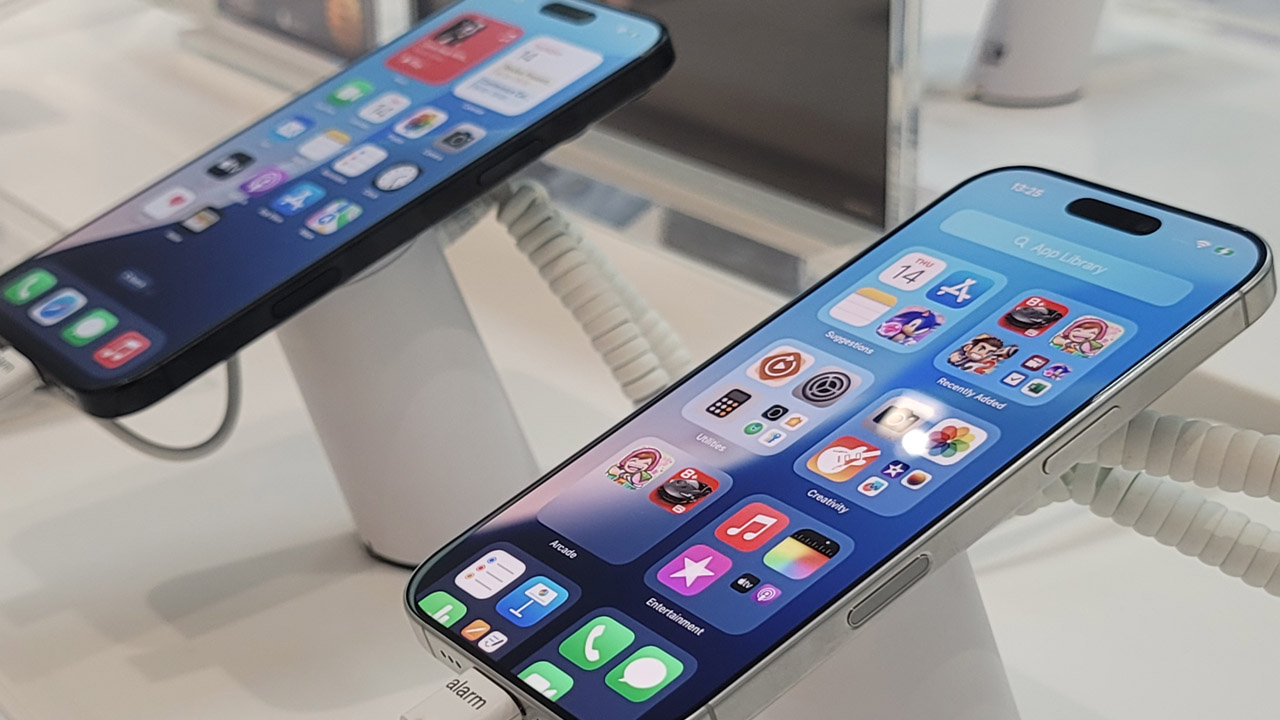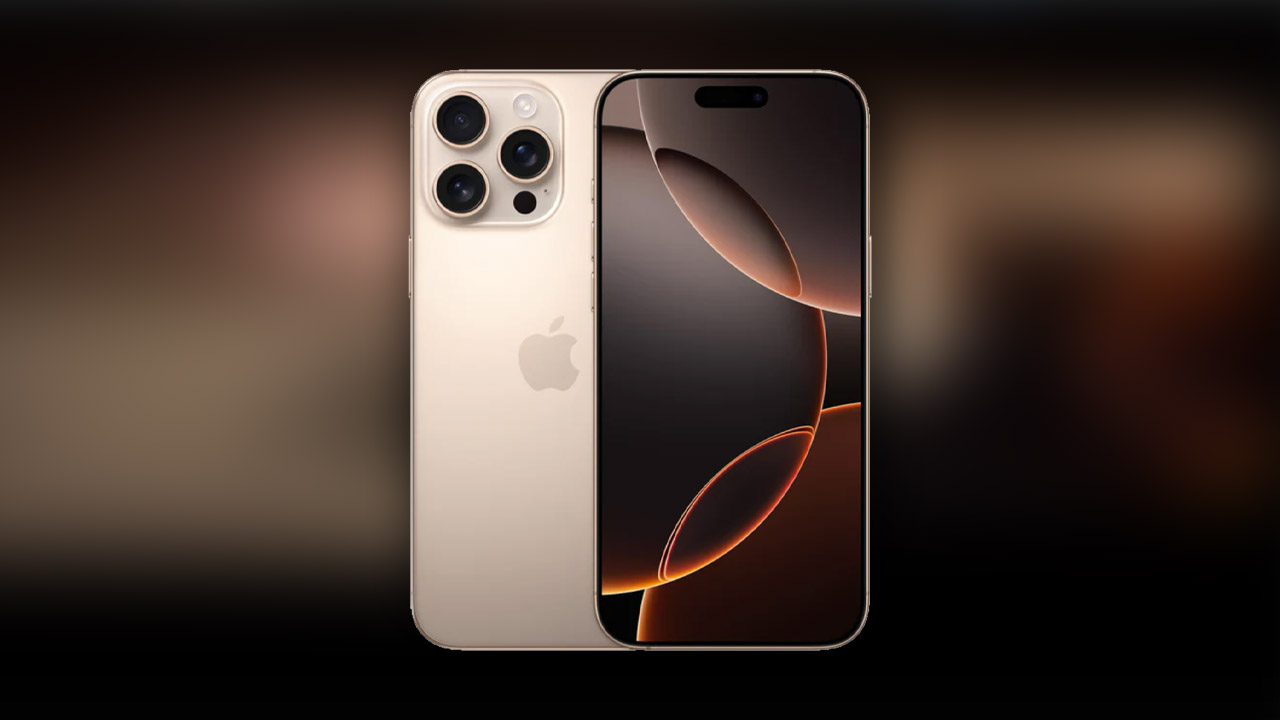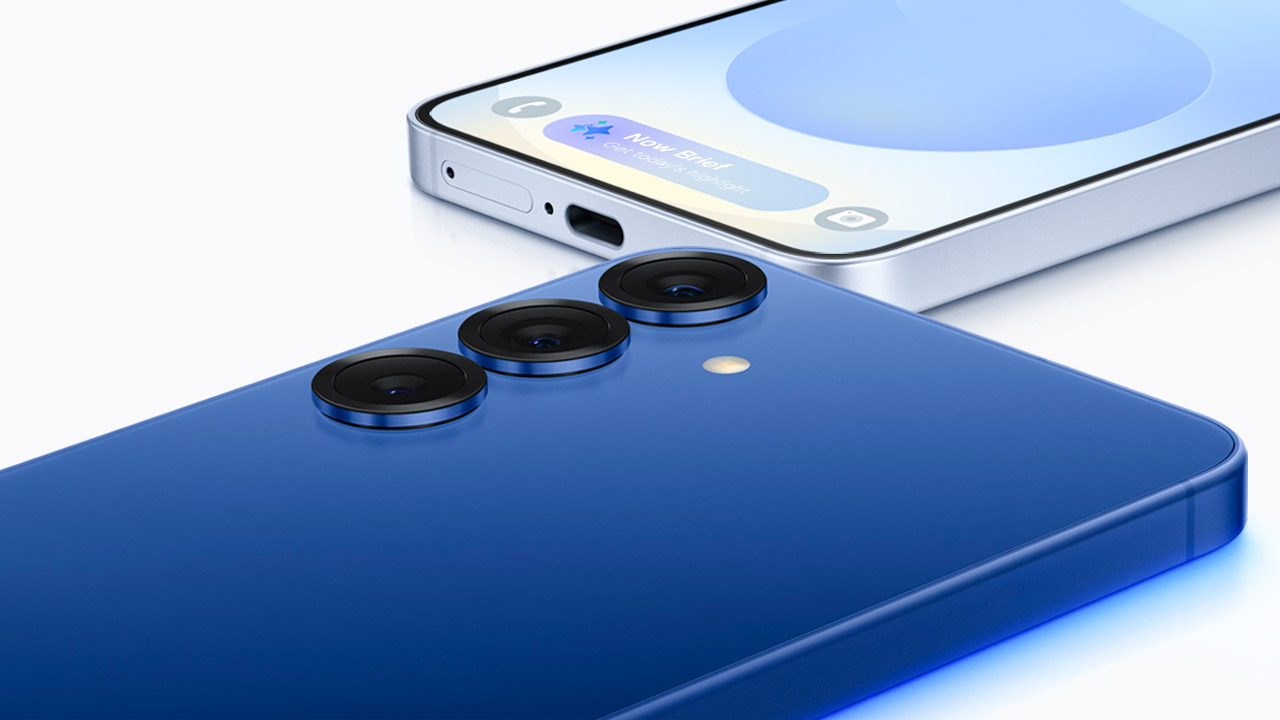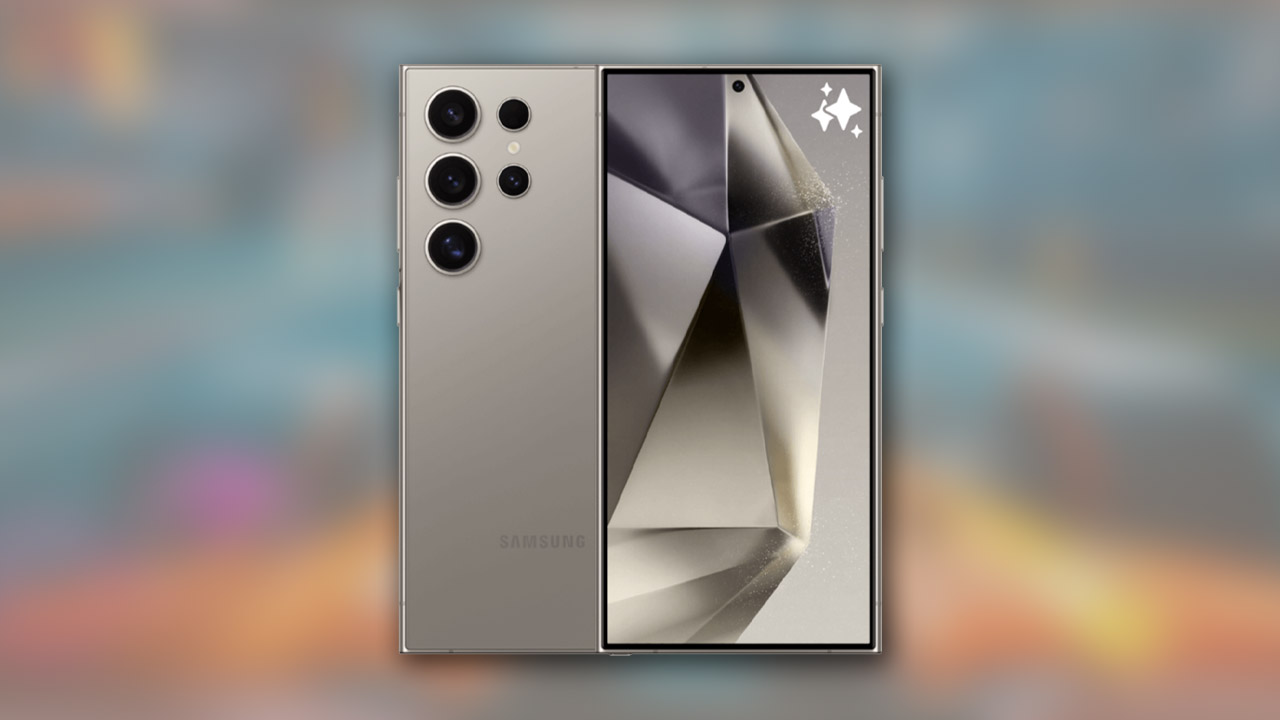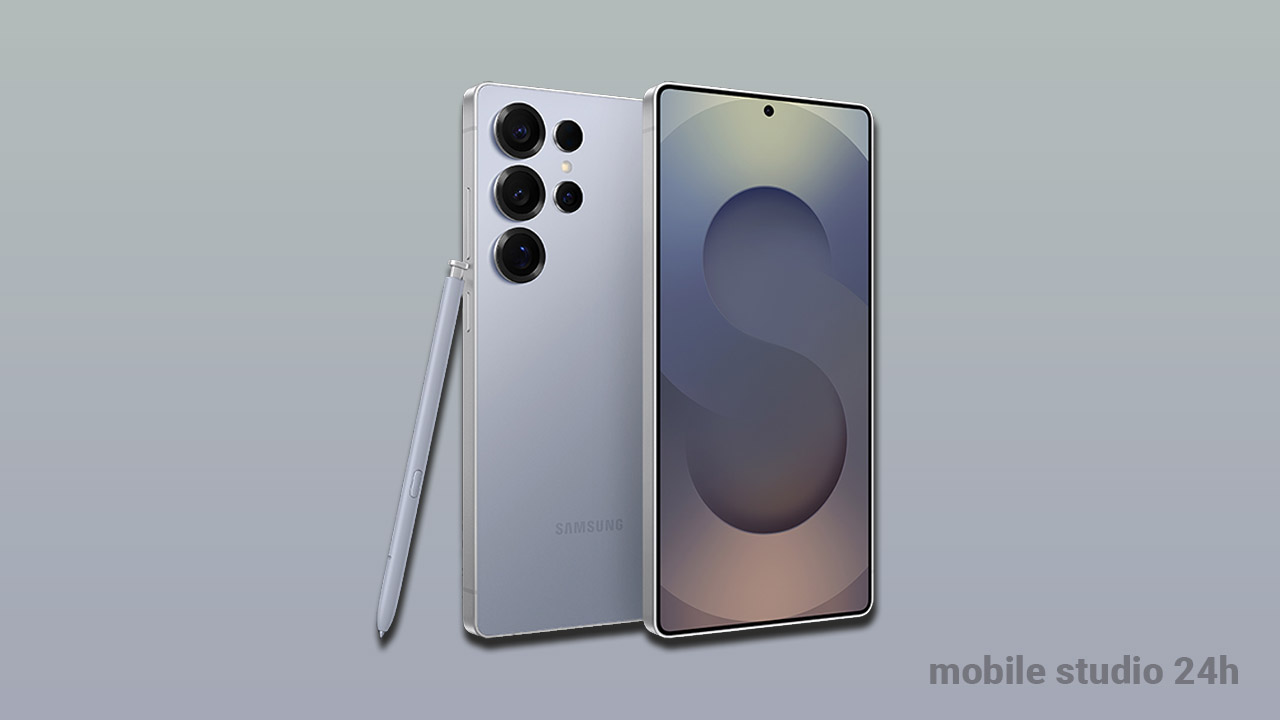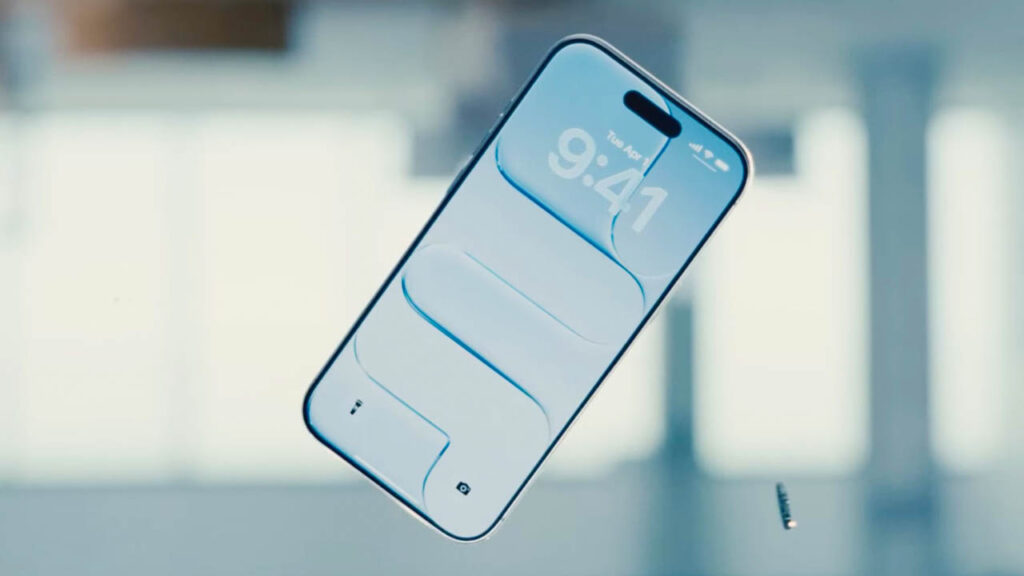
Apple’s iPhone Air, introduced in 2025, represents a significant departure from the company’s traditional iPhone lineup. It stands apart not as an incremental update, but as a brand-new sub-line focused on a singular, defining characteristic: an impossibly thin and light design. Positioned to replace the “Plus” series and priced at a starting point of $999, the iPhone Air aims to offer a new kind of premium experience, blending high-end performance with a form factor that is both elegant and highly portable. The device was announced on September 9, 2025, and became available for purchase on September 19, marking a new chapter in Apple’s pursuit of hardware innovation.
Design and Display
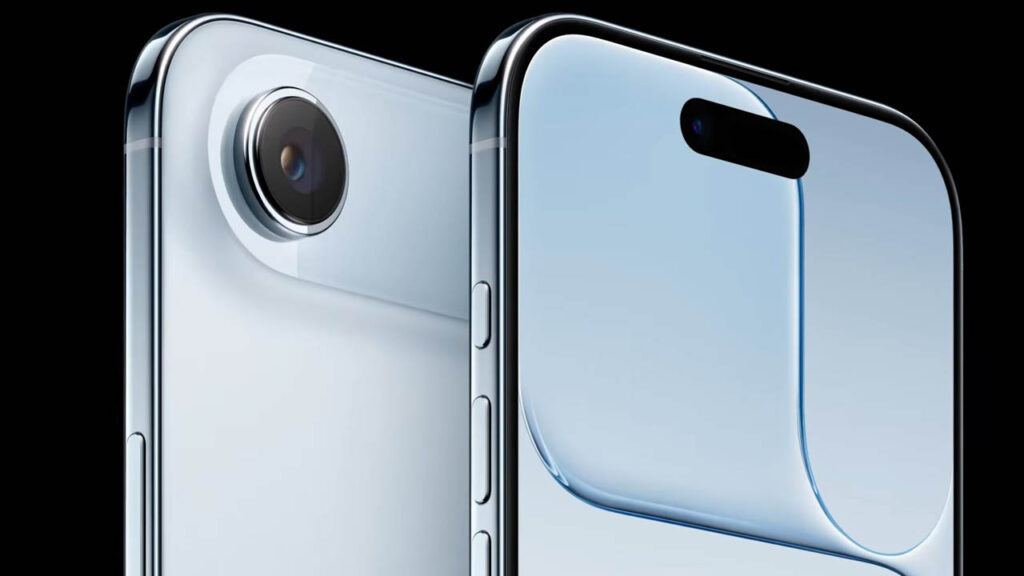
The most striking feature of the iPhone Air is its design. Measuring a mere 5.64mm thick, it is the thinnest iPhone ever created, surpassing previous models by a considerable margin. This svelte chassis is crafted from a durable and lightweight polished titanium, giving it a premium feel while maintaining a strong structure. The front and back are protected by Ceramic Shield 2 and Ceramic Shield, respectively, with the front glass also featuring a new anti-reflective coating for improved visibility. Despite its thin profile, the iPhone Air is rated IP68 for dust and water resistance, ensuring it can withstand everyday use. The device is available in four finishes: space black, cloud white, light gold, and sky blue.
The display is a 6.5-inch Super Retina XDR OLED screen with a resolution of 2736 x 1260 pixels, resulting in a crisp 460 ppi. It features ProMotion technology with an adaptive refresh rate of up to 120Hz, providing incredibly smooth scrolling and animations. With a peak brightness of 3000 nits for outdoor use, the display is easily visible even in direct sunlight. The inclusion of the Dynamic Island continues to offer an interactive and dynamic way to view alerts and live activities.
Camera
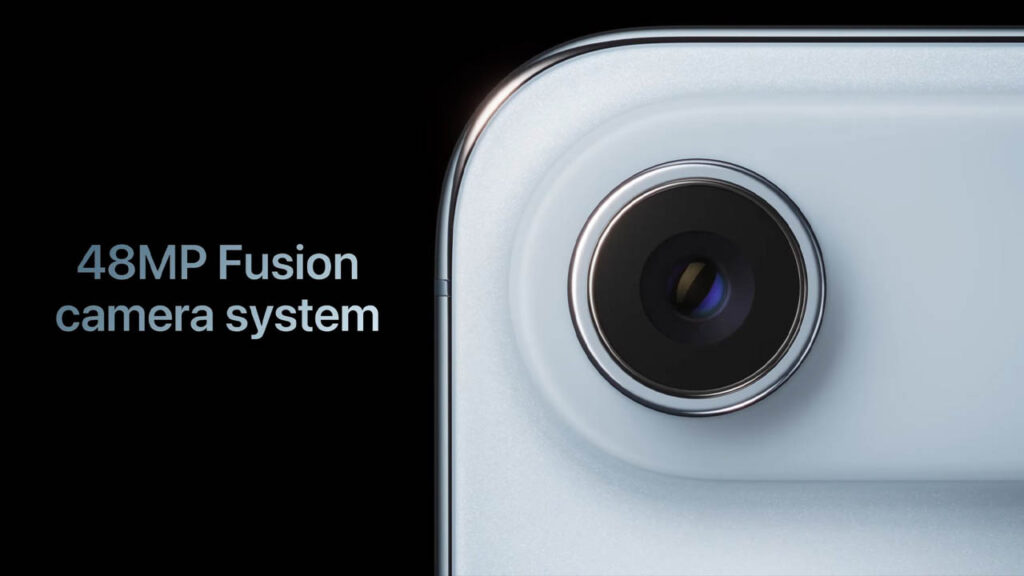
In a notable shift from its other flagship models, the iPhone Air features a single-lens rear camera system. It utilizes a 48MP Fusion camera, which, while lacking the versatility of an ultrawide or dedicated telephoto lens, is designed to deliver exceptional image quality. This single camera can also produce a 12MP optical-quality 2x telephoto shot, thanks to computational photography. The camera supports a range of features including Night mode, Panorama, and the latest generation of Photographic Styles. Video capabilities are also strong, with the ability to record in 4K at 60 fps with Dolby Vision and new features like Audio Mix and wind noise reduction.
The front-facing camera is an 18MP Center Stage camera with a new square sensor. This unique sensor allows for automatic rotation to capture both portrait and landscape shots without physically turning the phone and supports the Center Stage feature for video calls, which keeps the user in the frame as they move.
Software and Performance
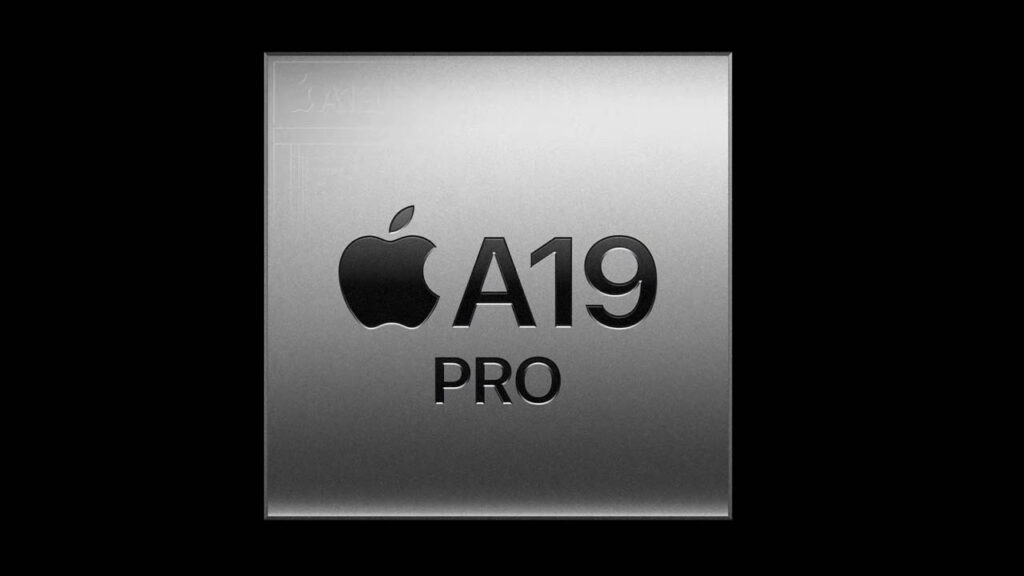
The iPhone Air runs on iOS 26, which introduces a number of new features, including the new Adaptive Power Mode that intelligently learns user habits to conserve battery life. The phone is powered by the A19 Pro chip, a system-on-a-chip that includes a 6-core CPU and a 5-core GPU with built-in Neural Accelerators. This powerful chip enables next-level mobile gaming and on-device generative AI models. Apple has also introduced a new C1X cellular modem and an N1 wireless networking chip, which are designed to be more power-efficient and provide faster performance than previous models
Battery Life
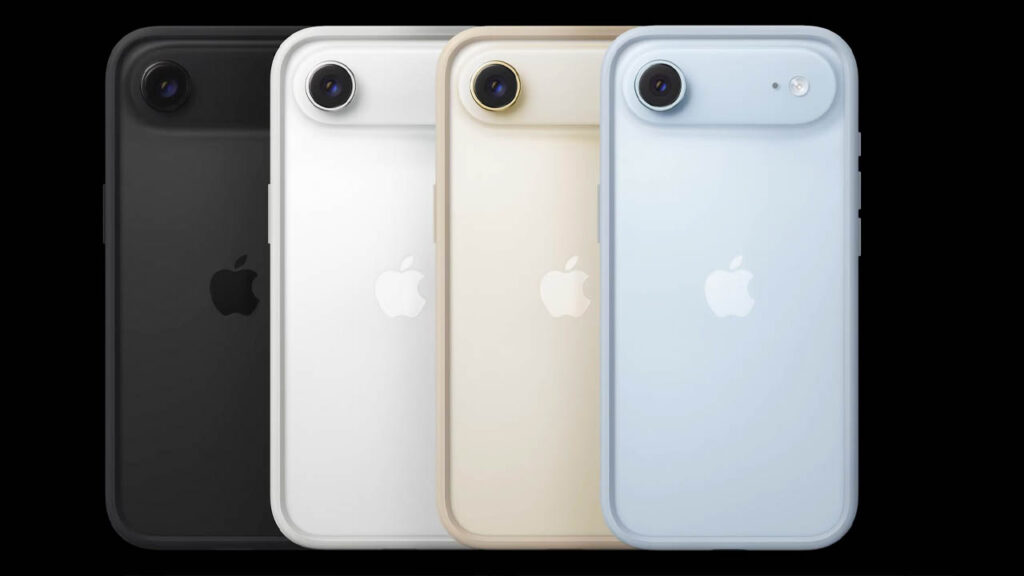
The iPhone Air’s thinness might suggest a compromise on battery life, but Apple claims the device offers “remarkable all-day battery life.” The innovative internal architecture and advanced Apple silicon, including the A19 Pro chip and C1X modem, are specifically designed to maximize efficiency. The new Adaptive Power Mode in iOS 26 also contributes to its longevity by anticipating when a user’s battery might run low and intelligently conserving power. Apple states the iPhone Air can achieve up to 27 hours of continuous video playback.
Connectivity
To achieve its incredibly thin profile, the iPhone Air is an eSIM-only device, with no physical SIM card tray. This makes it the first iPhone to be eSIM-exclusive worldwide. For wireless connectivity, it features the Apple-designed N1 chip, which supports the latest standards, including Wi-Fi 7, Bluetooth 6, and Thread networking technology. The C1X cellular modem provides improved 5G and Gigabit LTE performance while consuming 30% less energy than its predecessor. It also includes Apple’s second-generation Ultra Wideband chip for enhanced spatial awareness and device location. MagSafe and Qi2 wireless charging are supported, with both offering fast charging speeds.

